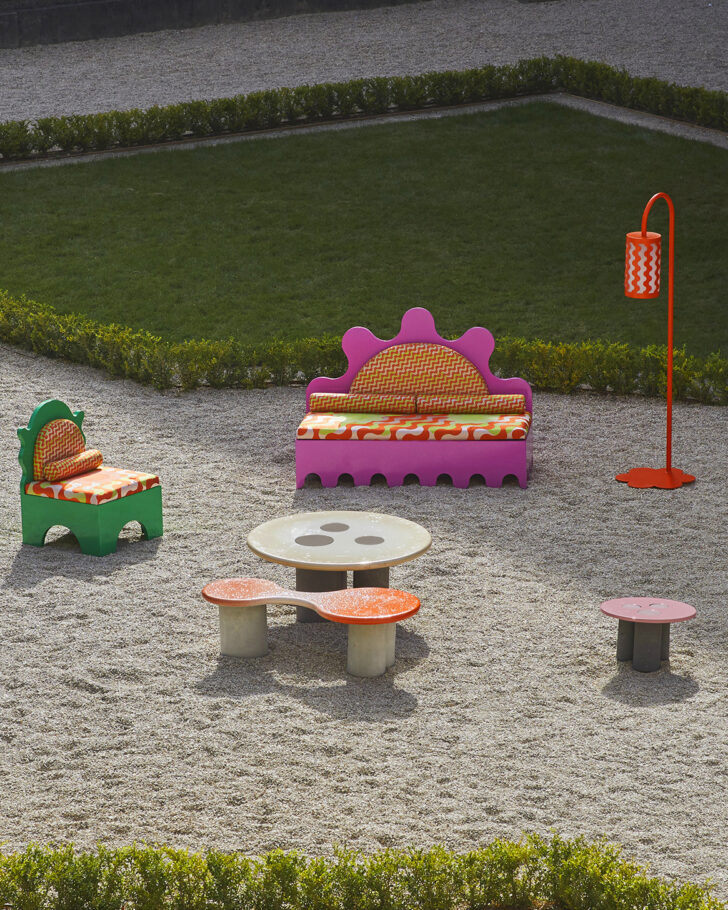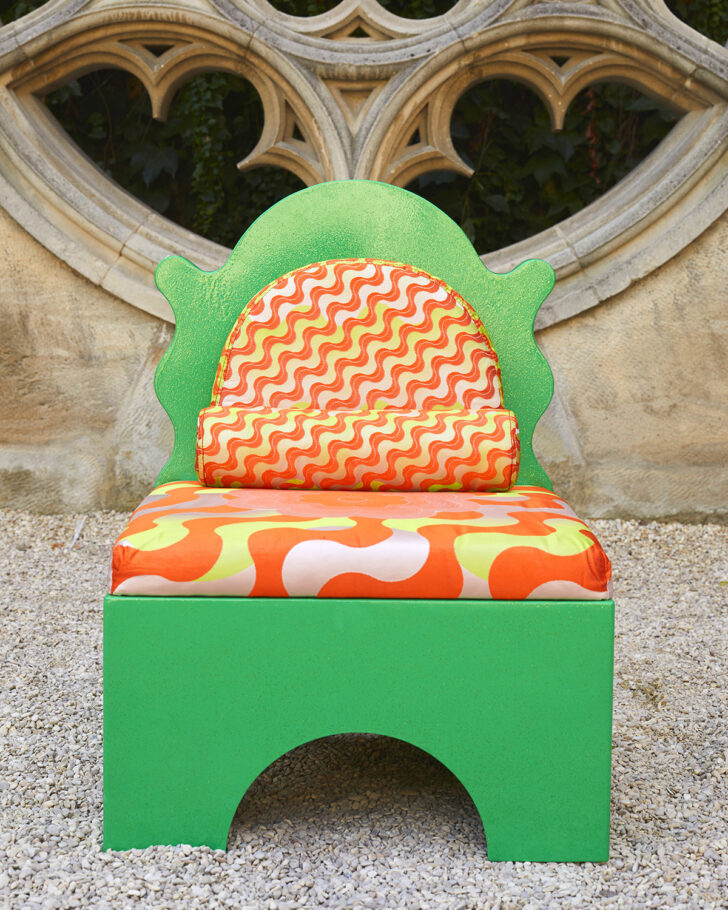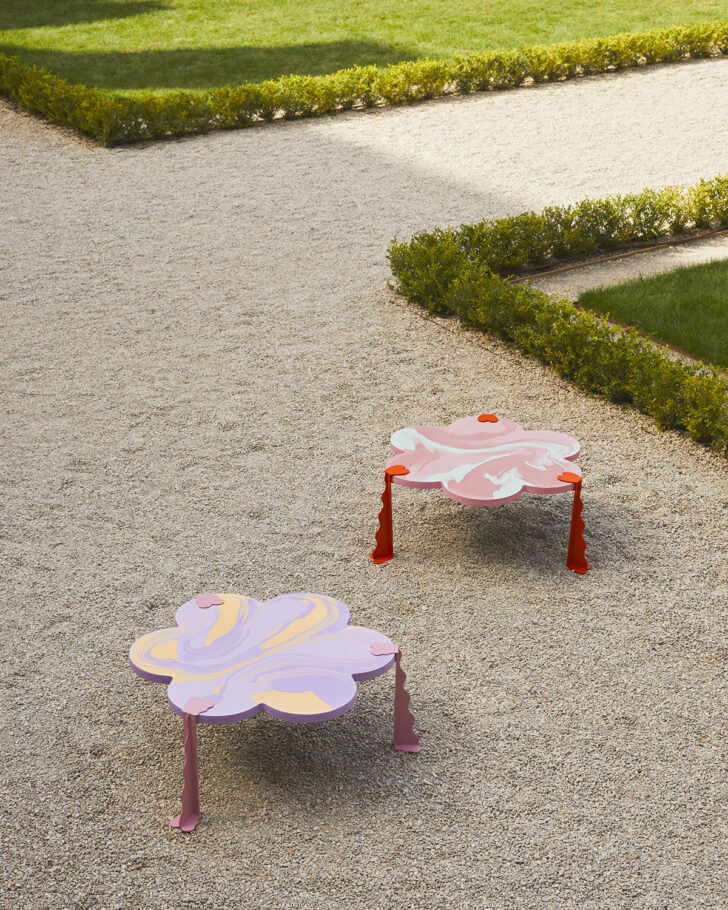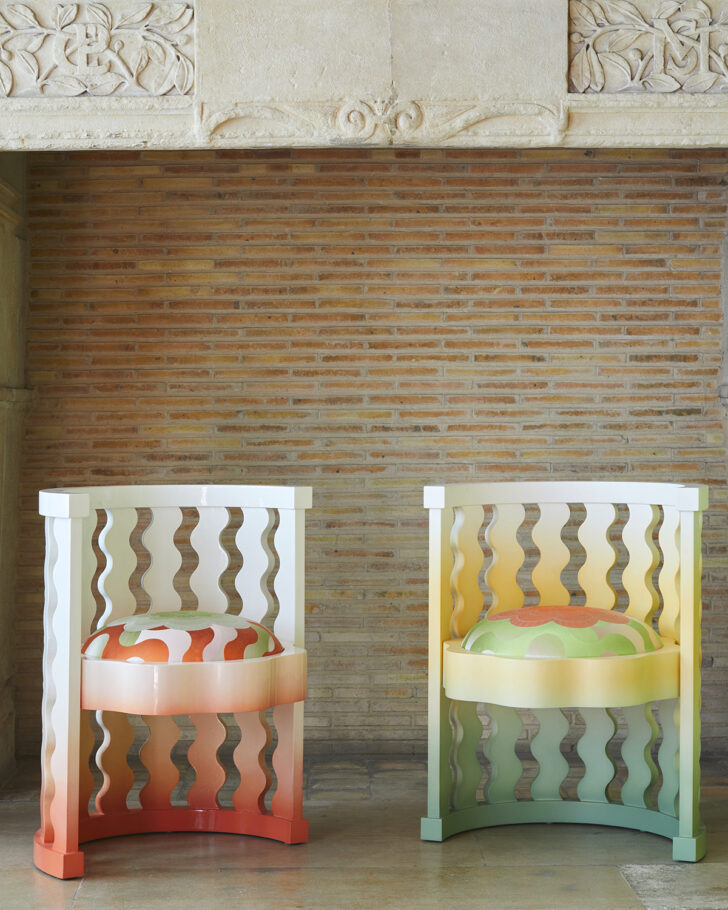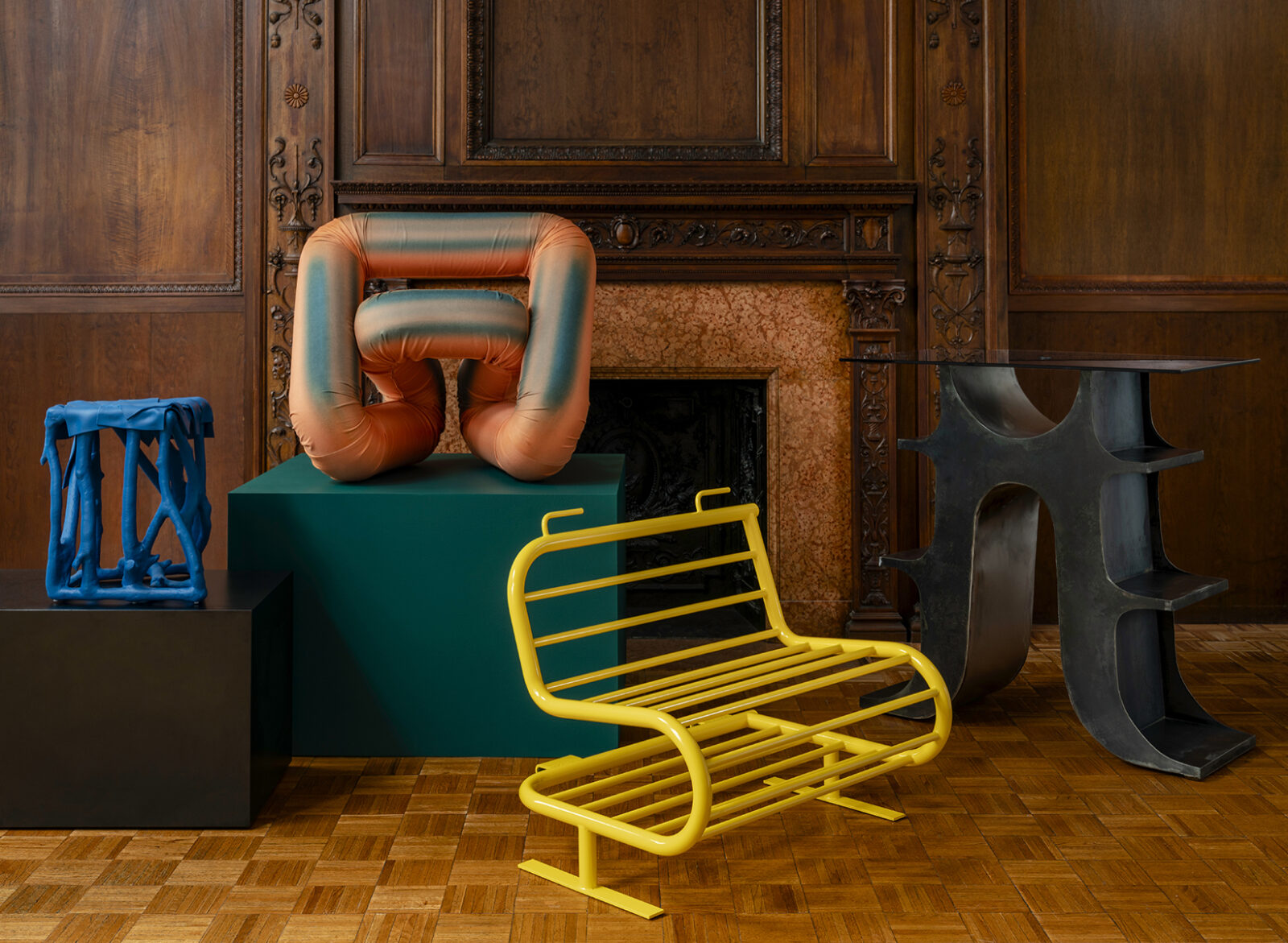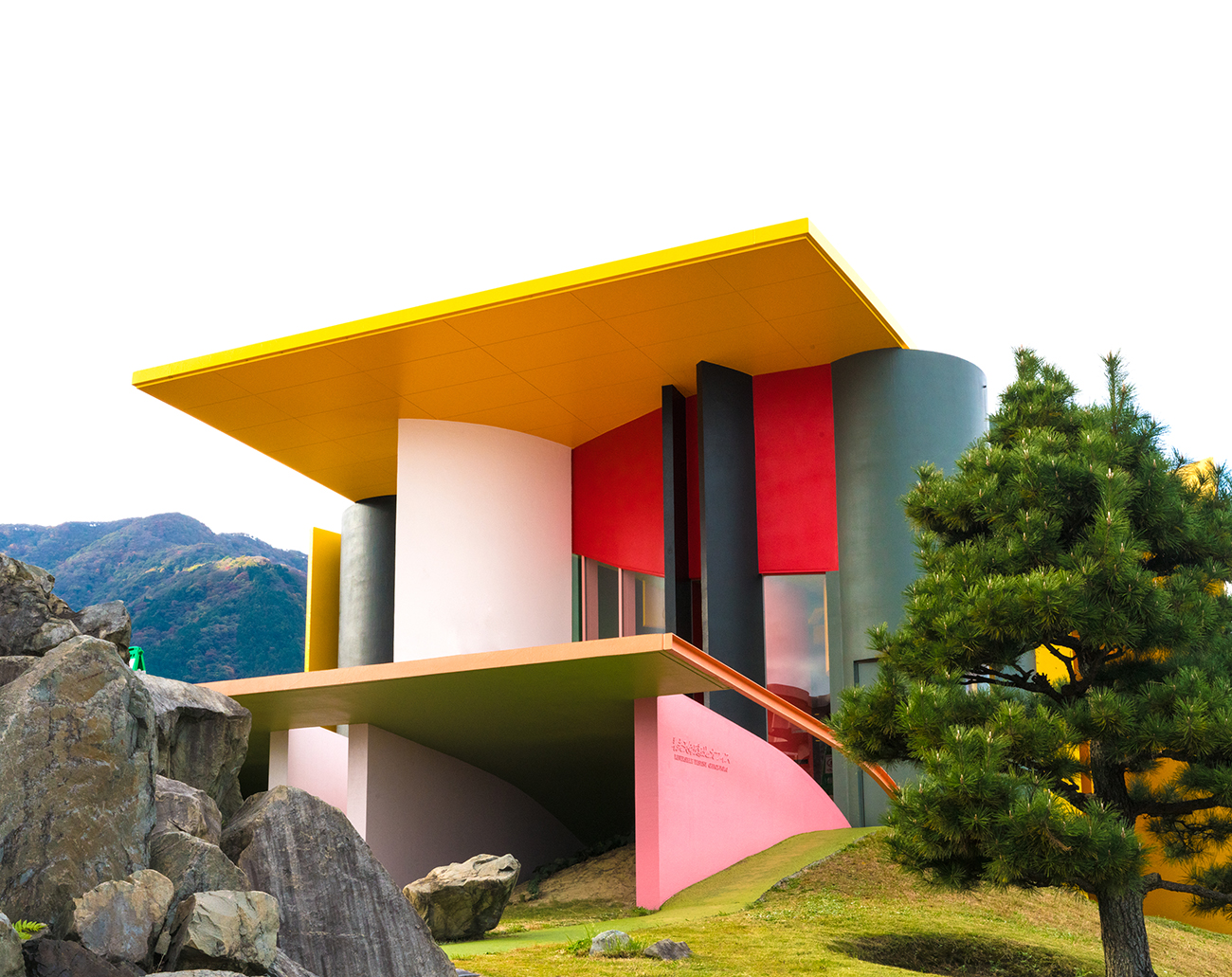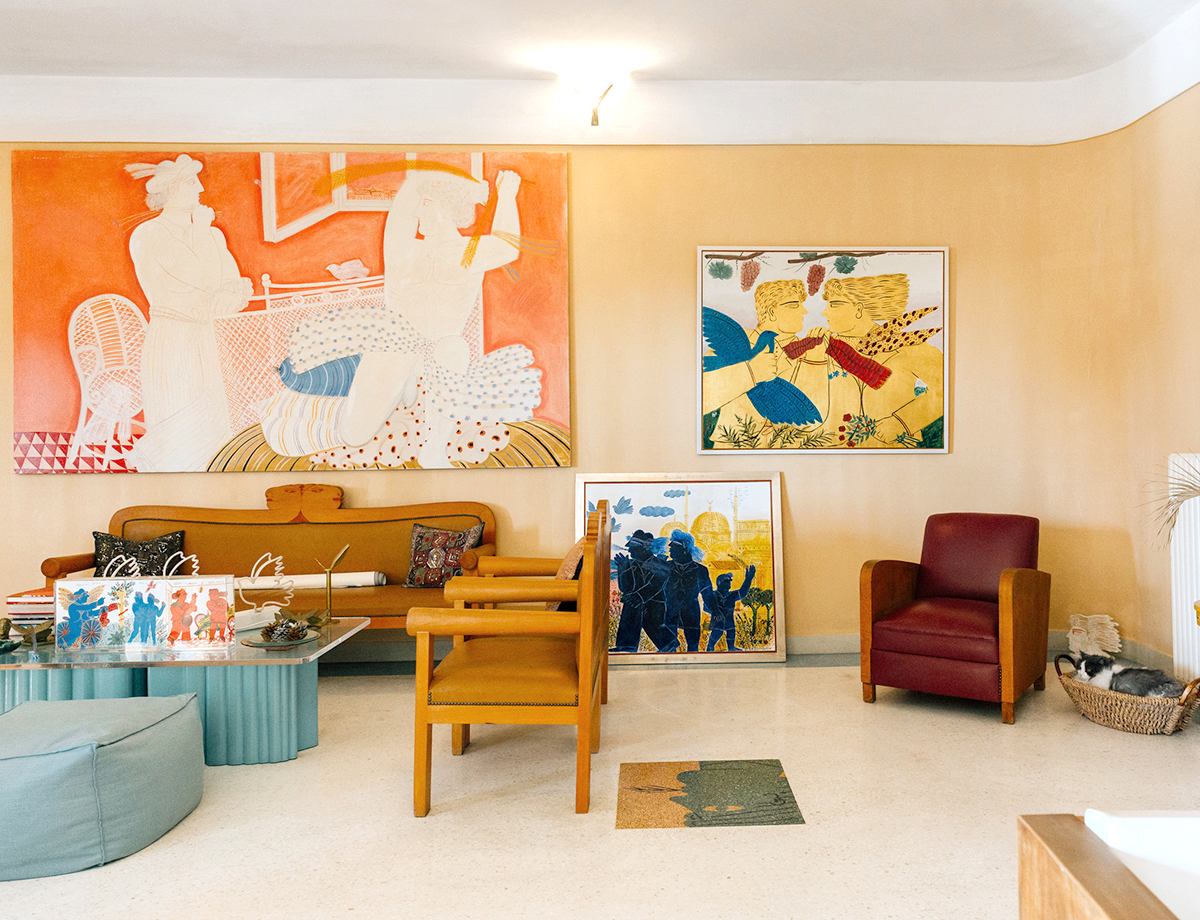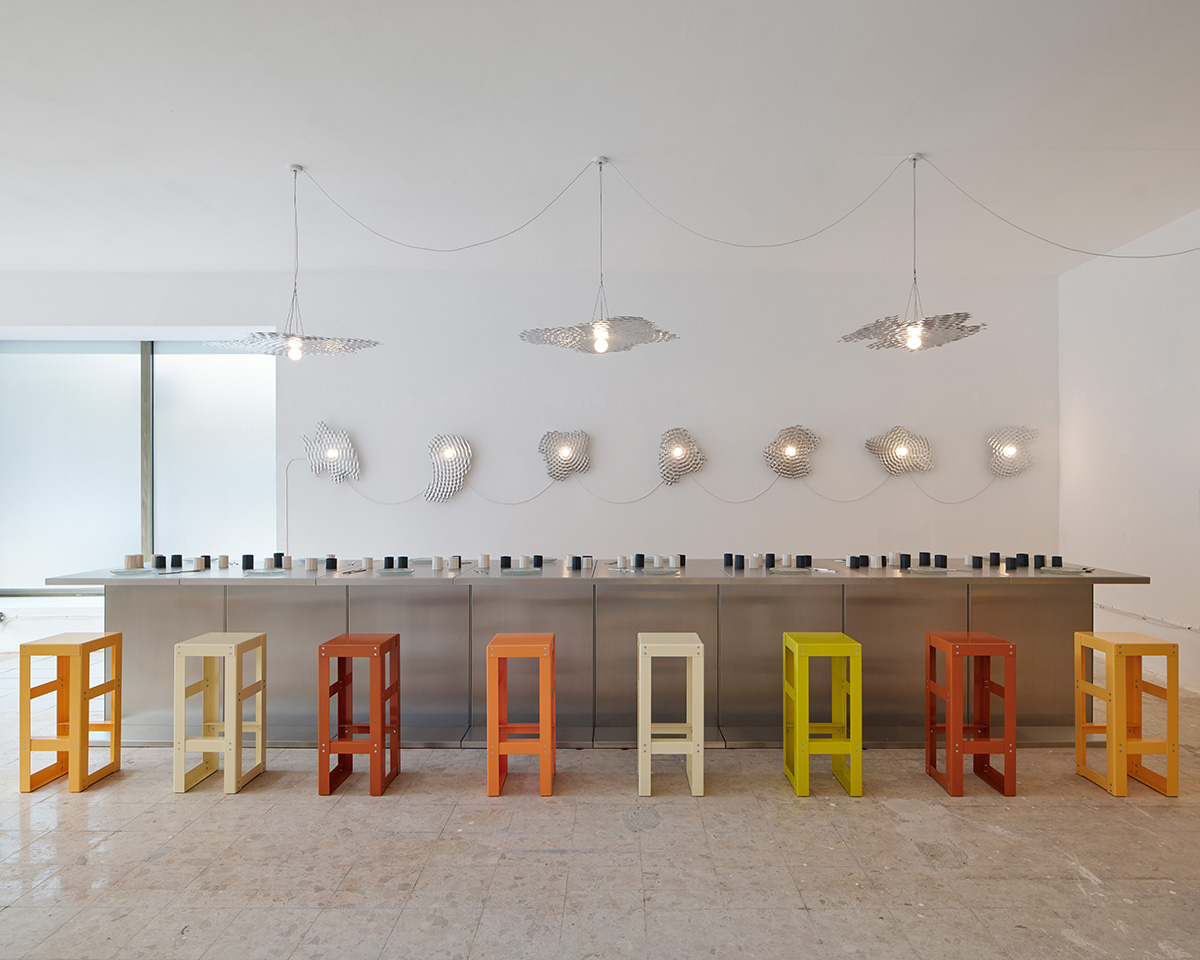
10.02.23
Fair Report
15 Projects We Loved From September’s Design Fairs in London and Paris
It could be the time of year that gives the London Design Festival and Maison & Objet in Paris a kind of in-between feel. Summer still lingers in places, and a moody, autumnal atmosphere takes over in others — although this could also be attributed to the essential nature of each city’s design scene as well. As usual, there was plenty to see, though we also wondered if there was some amount of holding out for what may end up the true statement moment of the fall design calendar: October’s inaugural edition of Design Miami/Paris. What struck us this year (from afar, sigh) wasn’t so much a few noticeable aesthetic trends as an emphasis on collaboration. Community and connection are words that get overused, but they haven’t completely lost their meaning and they informed much of the work that caught our eye — whether it was designers working together, curators assembling pieces in meaningful conversation, or objects in a collection relating to one another.
London Design Festival
Last summer, Fels invited 18 artists, designers, and architects to Grymsdyke Farm, a research facility, fabrication workshop, and live-work space in Buckinghamshire founded almost 20 years ago by architect Guan Lee. The idea was to contemplate how setting and community shape design, with each participant producing an element of a dining collection. Curated by Lee, Marco Campardo, and Luca Lo Pinto, The Farm Shop exhibition is where it all joined together and the askew and surreal – Miranda Keyes’ crystalline yet beautifully droopy stemware or Michael Schoner’s wobbly, wavy cutlery sets – play off more angular, rigid shapes. In addition to work from Keyes, Schoner, Lee, and Campardo, the show featured pieces from Theodóra Alfreðsdóttir, EJR Barnes, Nathalie Bagnoud, Juli Bolaños-Durman, Sammi Cherryman, Jessie Lee, Andu Masebo, Jaclyn Pappalardo, Parti, Tino Seubert, TBA, Studio Thus That, Lorenzo Vitturi, and Jamie Wolfond.

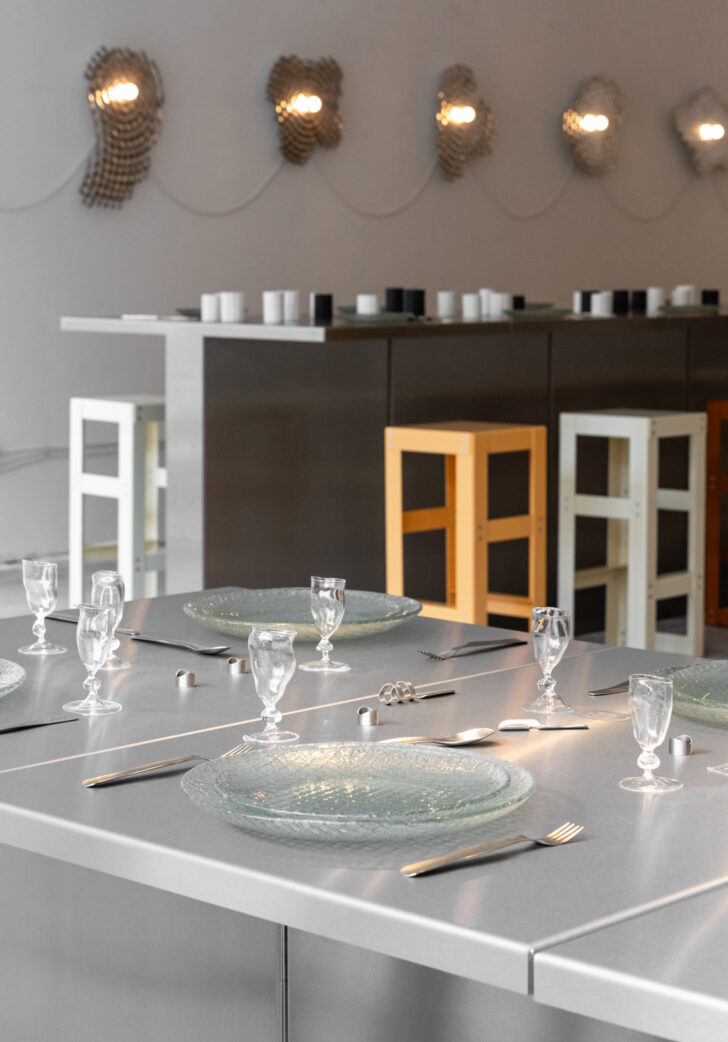
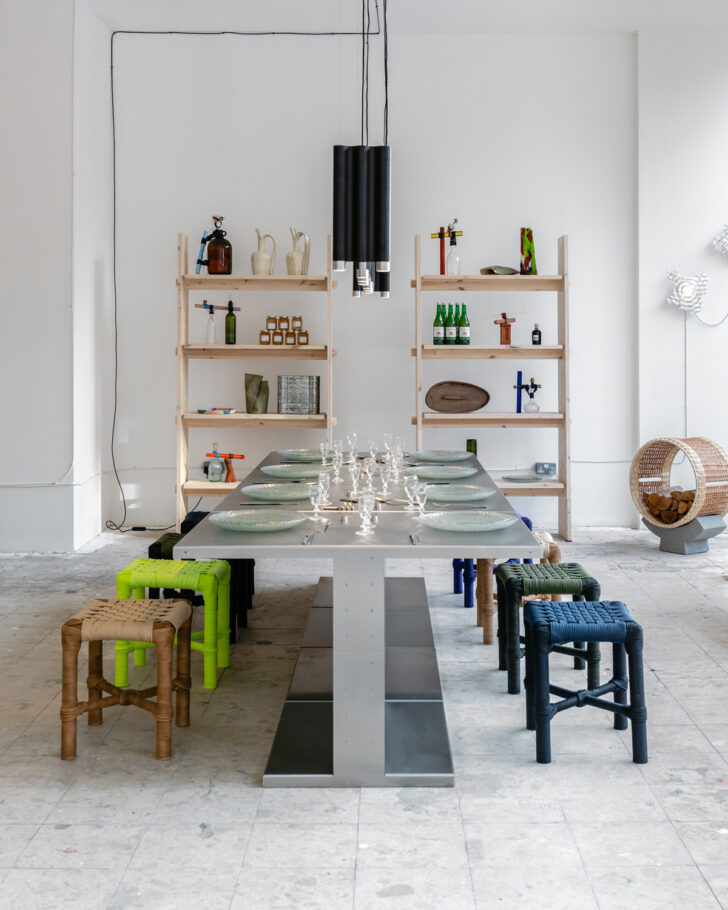
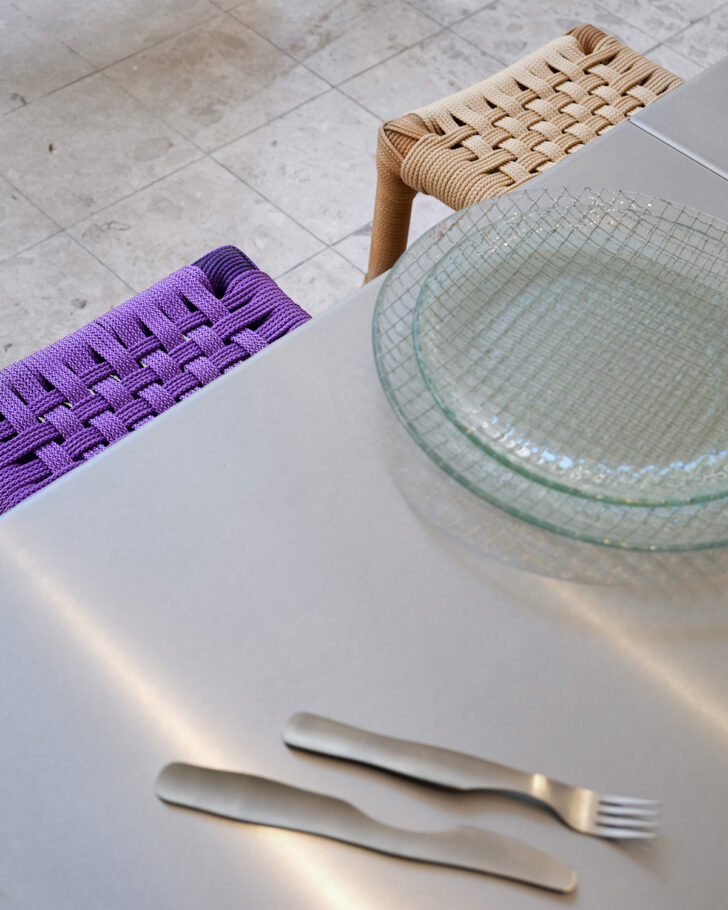
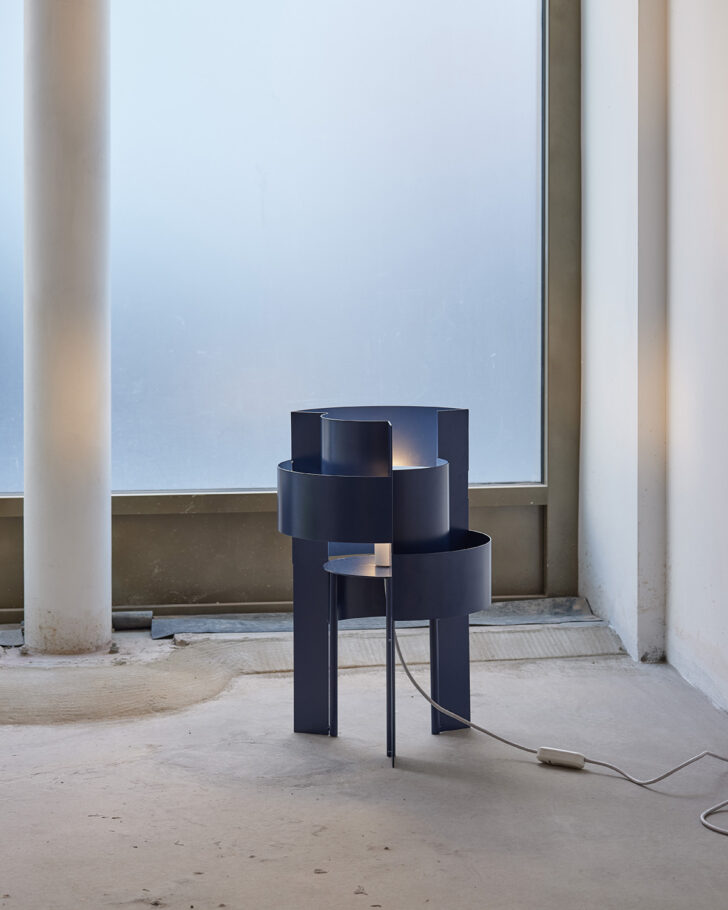
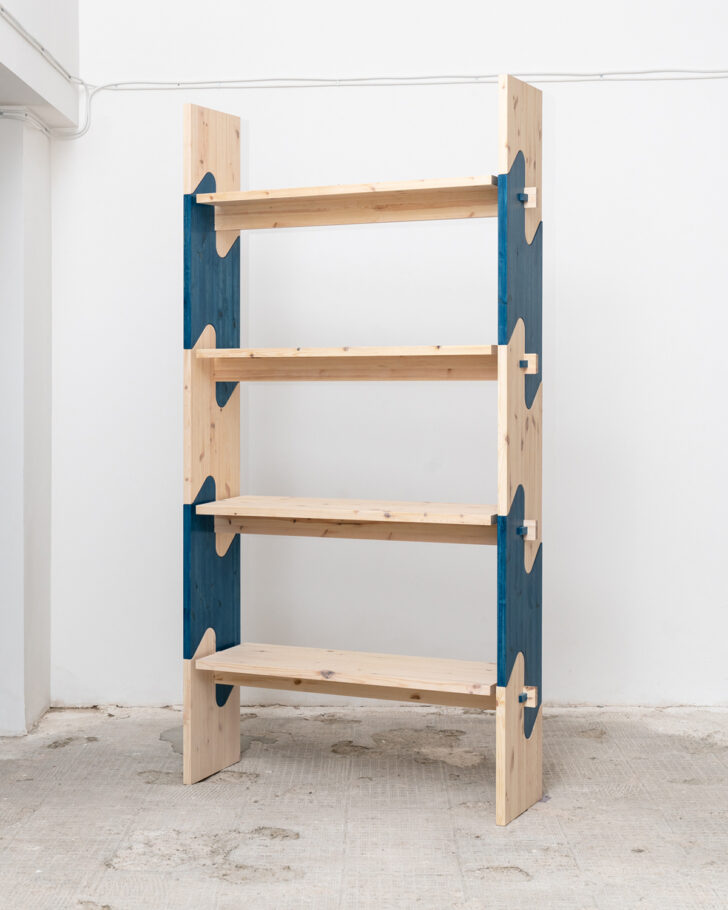
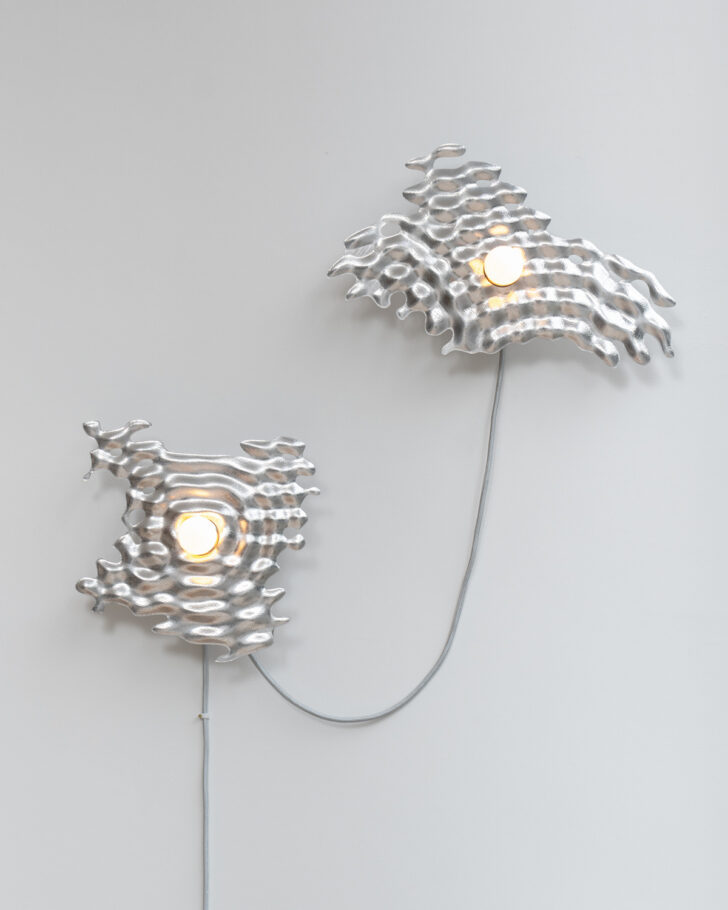
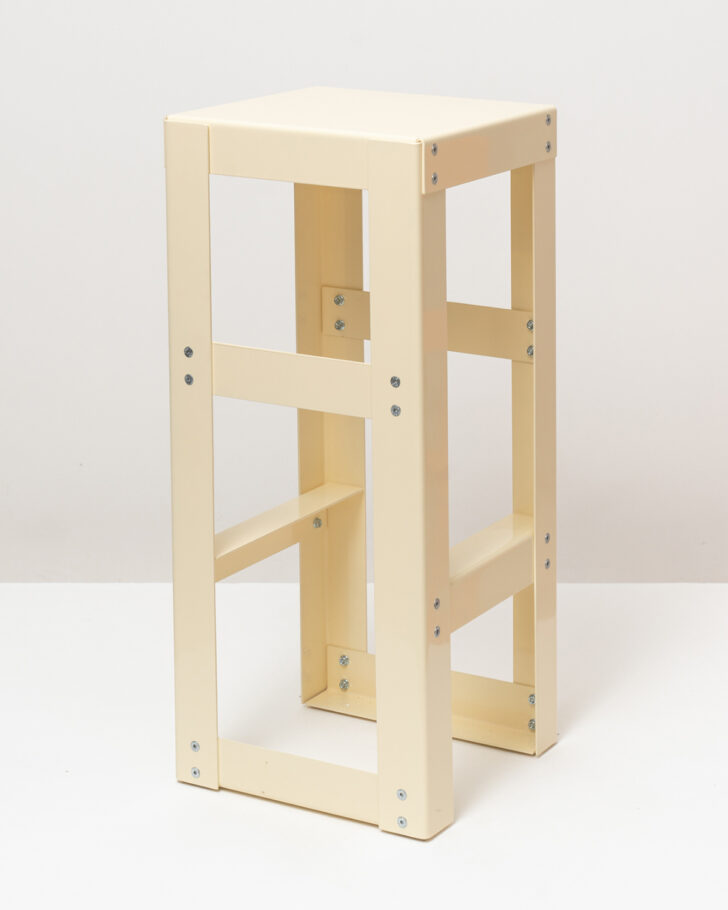
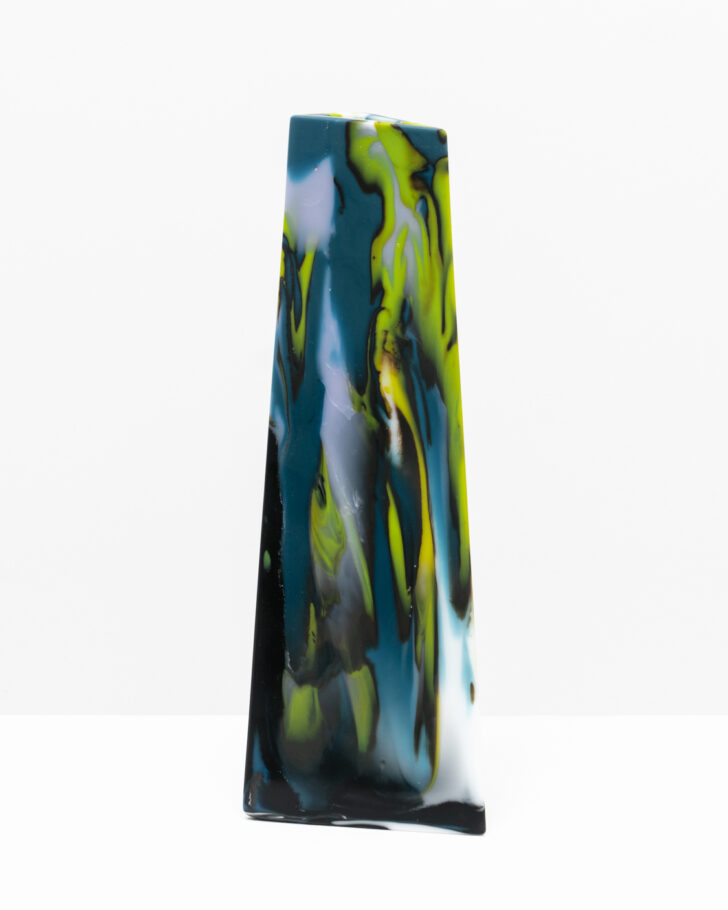
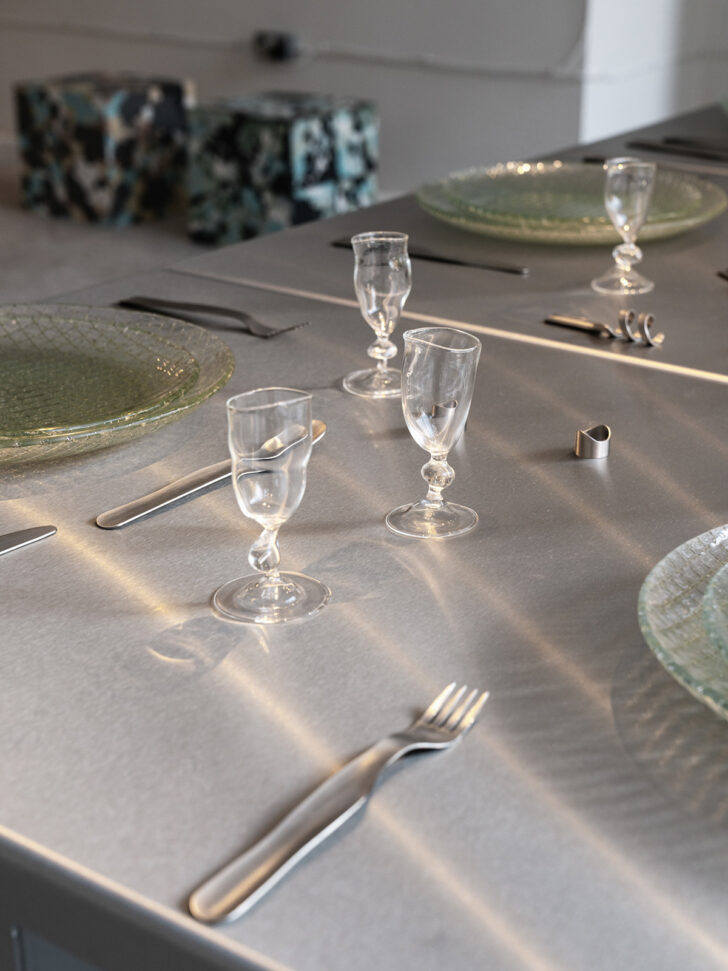
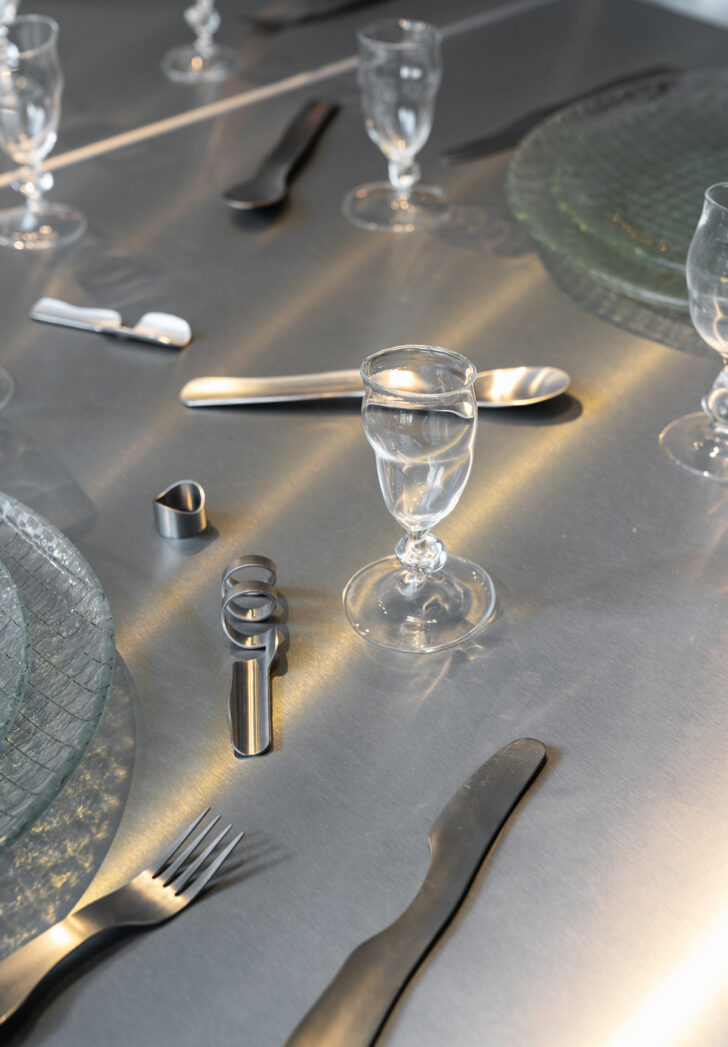
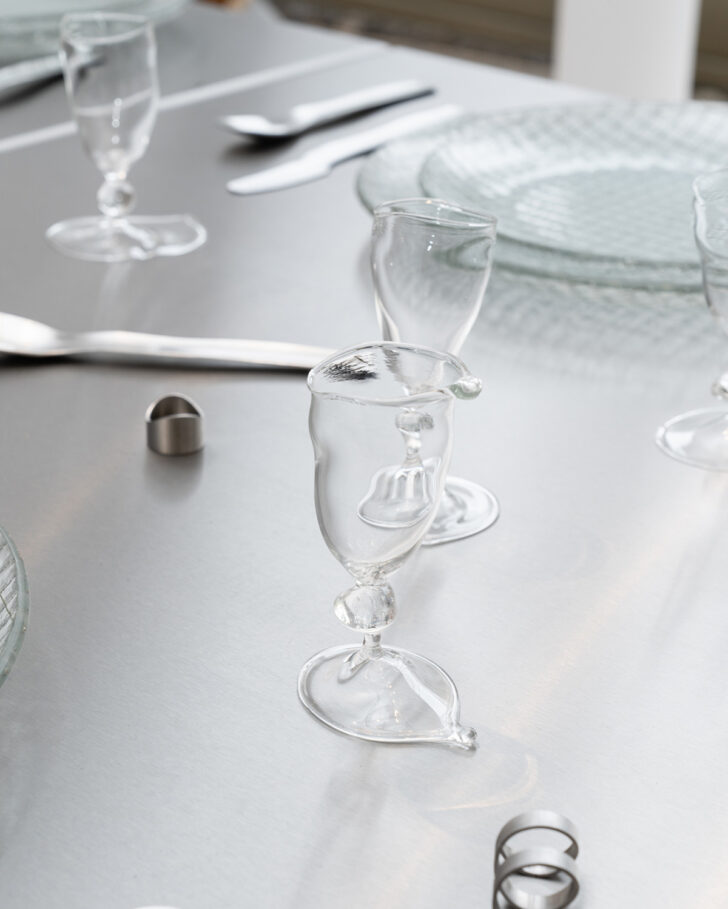
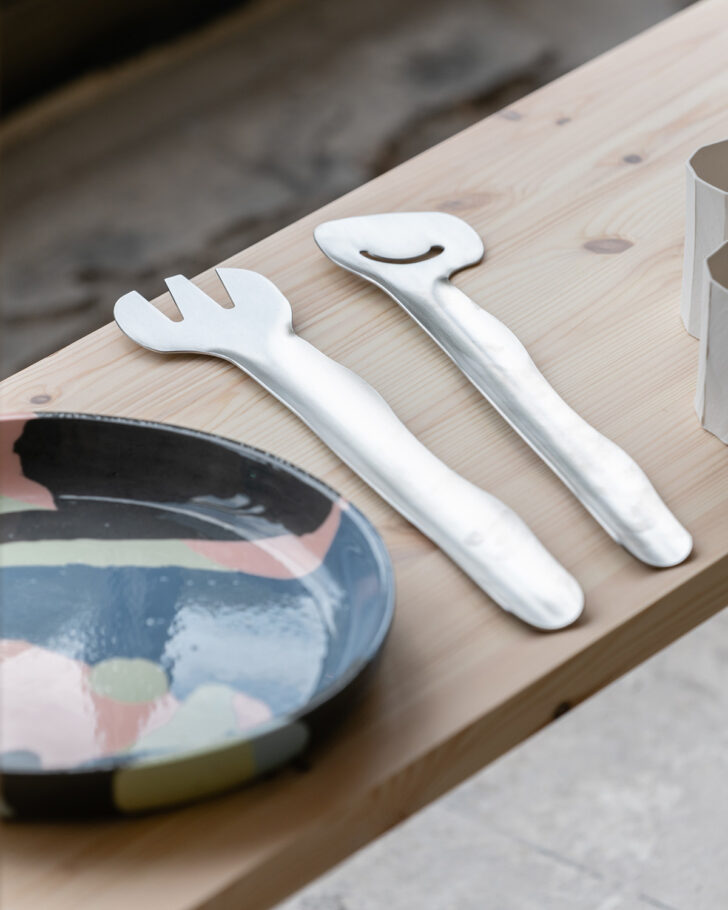
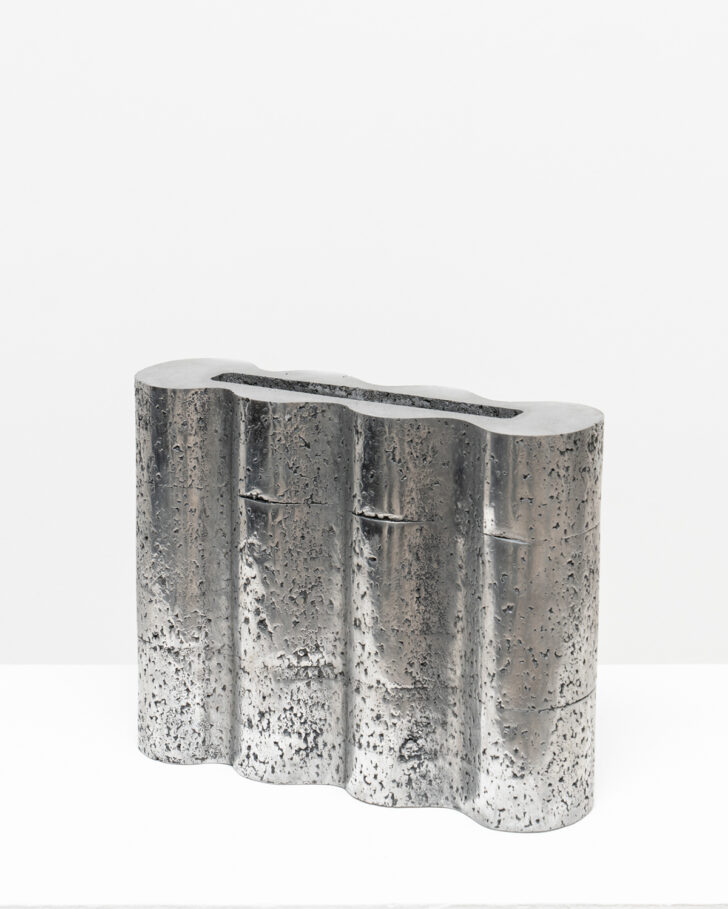
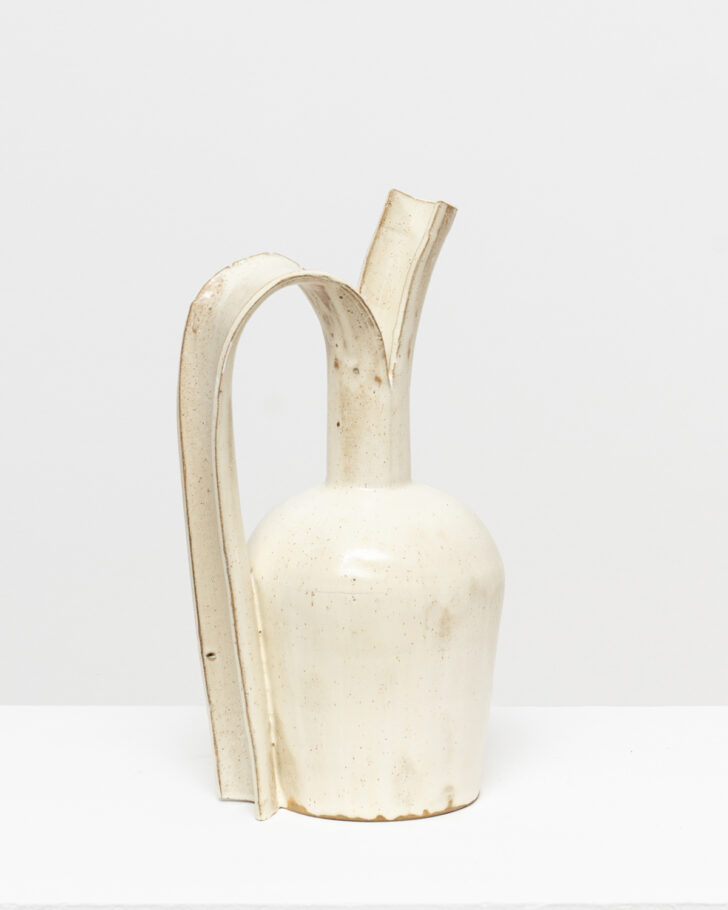
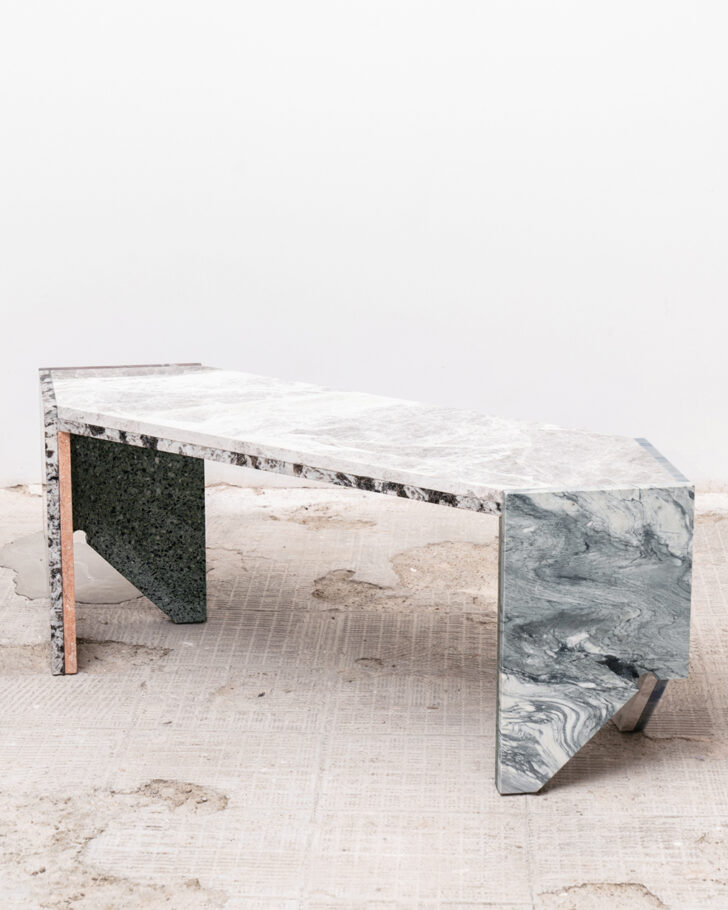
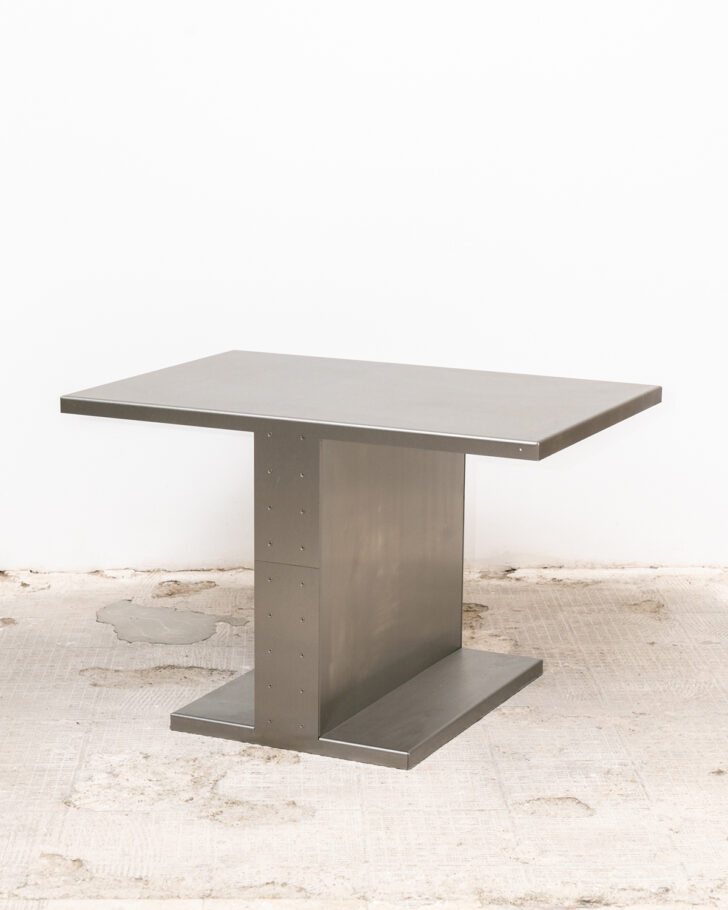
Following last year’s “The Lounge and the Dining Room,” experiential retail space The House by M.A.H ventures into less public, more intimate realms with “The Bedroom and Study,” curated by The House’s founder Laura Fulmine. The bedroom collection of furniture and decor is meant to evoke a contemporary Italian palazzo while the study, in the spirit of intellectual pursuit, will feature a rotating selection of books throughout the year. Fulmine’s vision is somehow dramatic and arresting yet tranquil and contemplative.
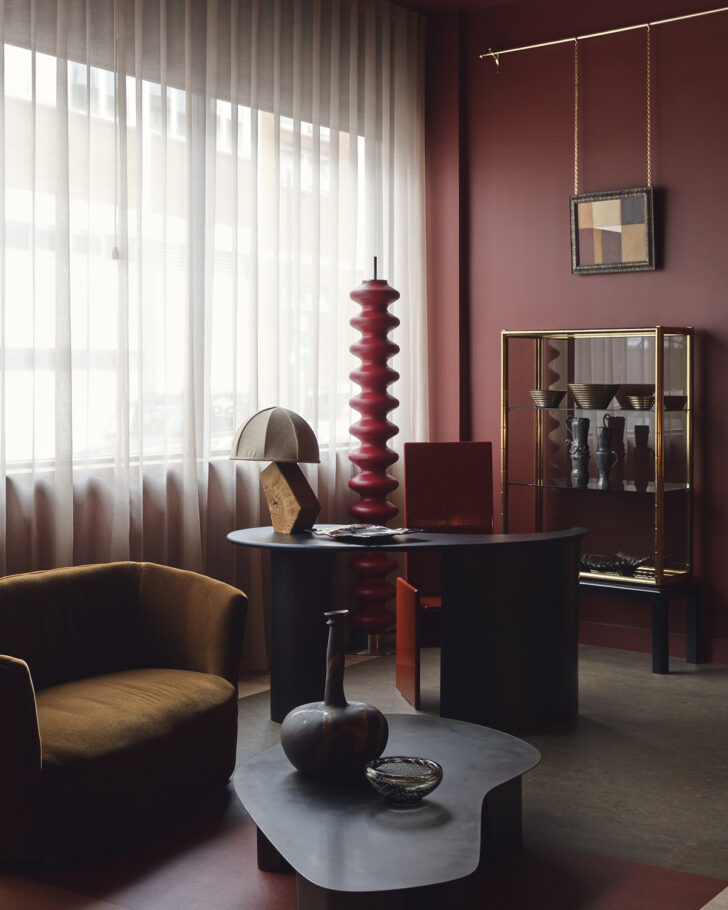
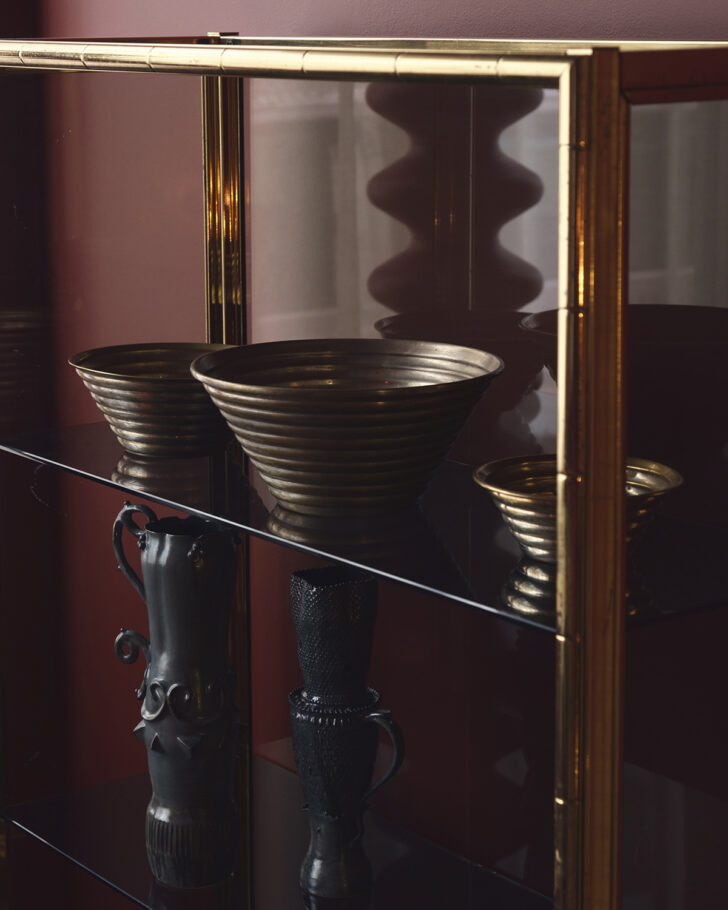
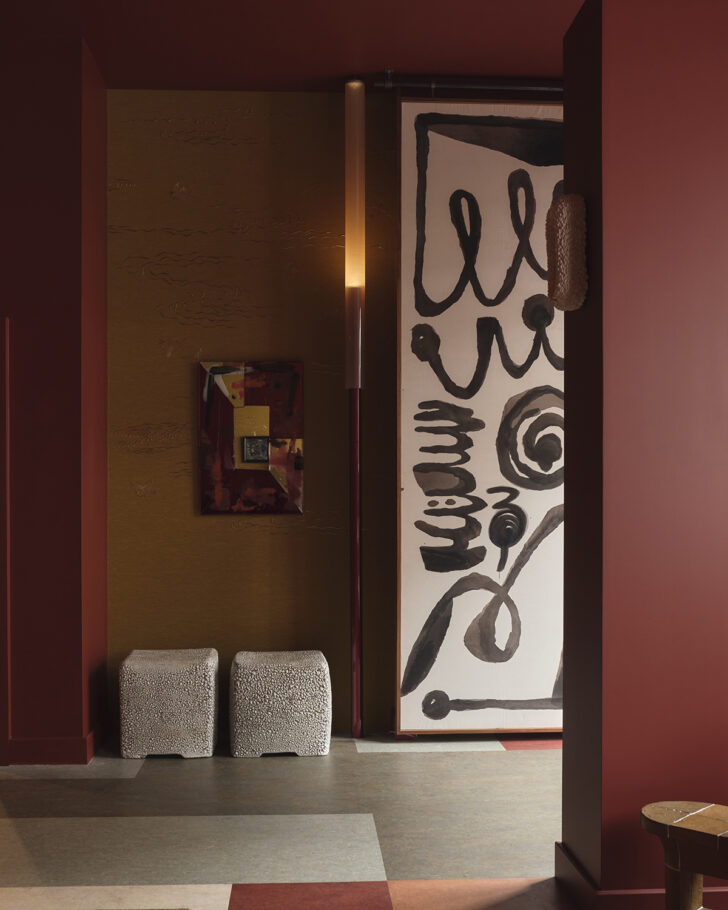
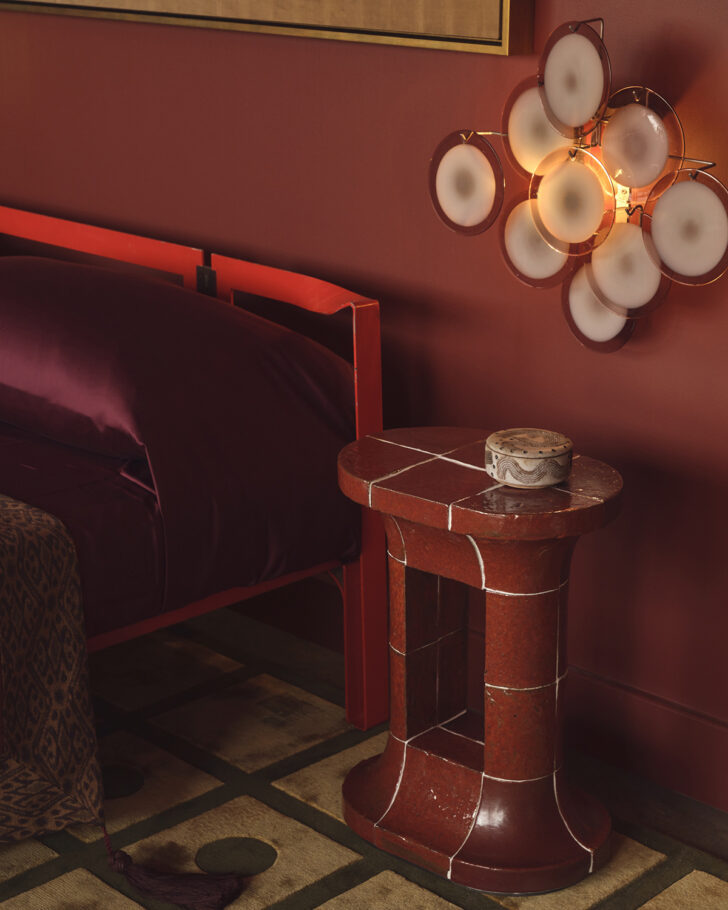
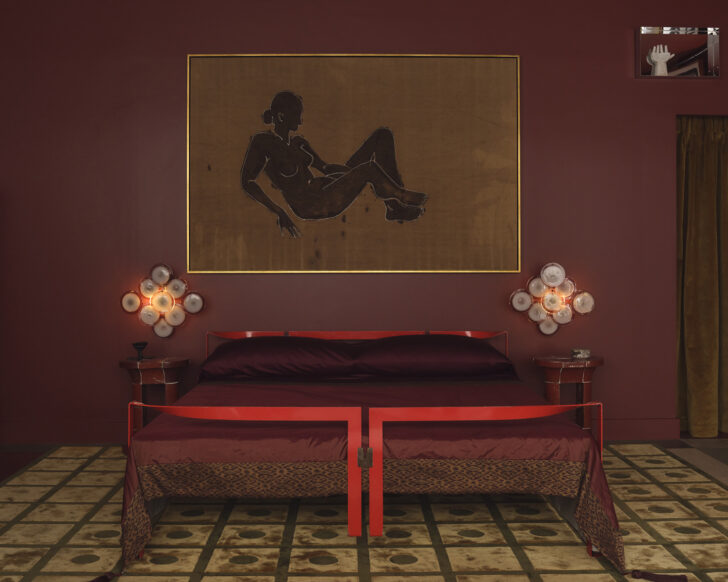
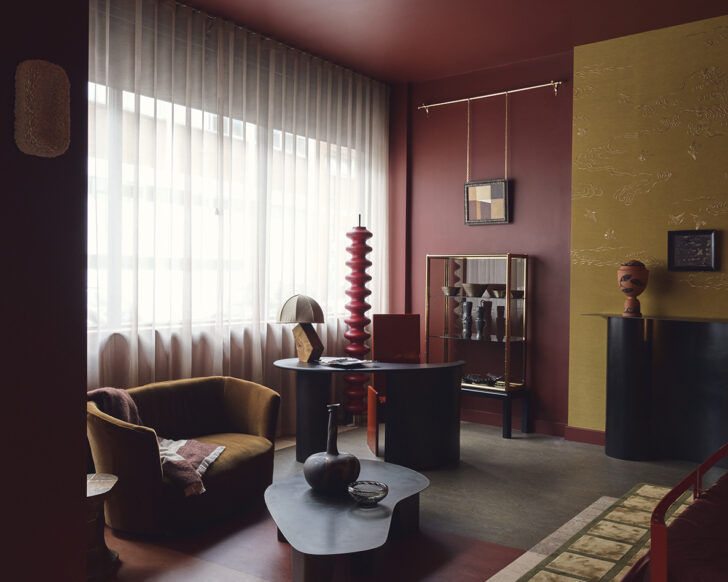
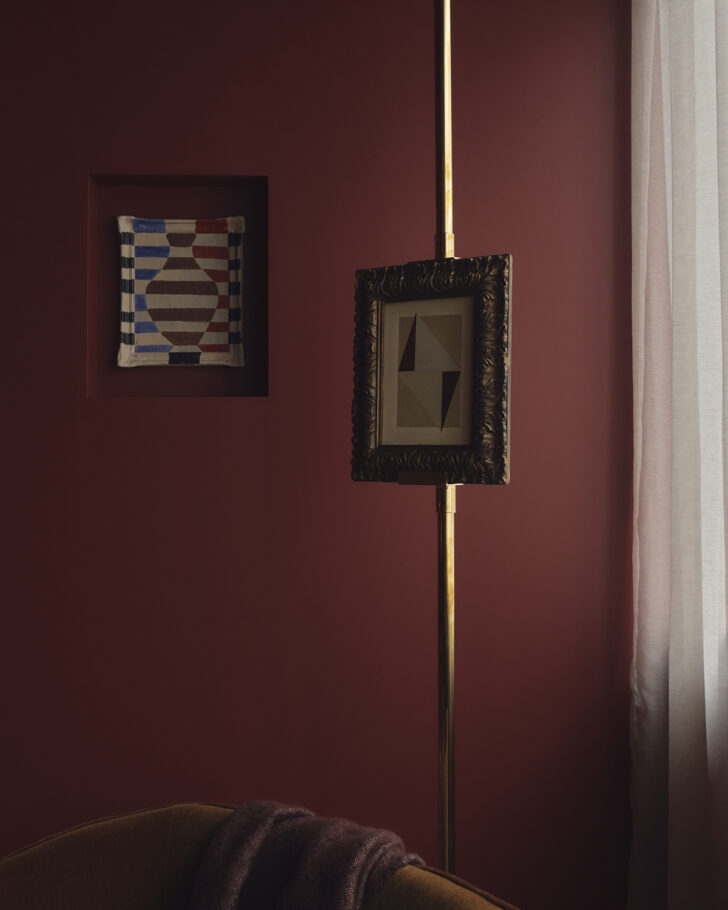
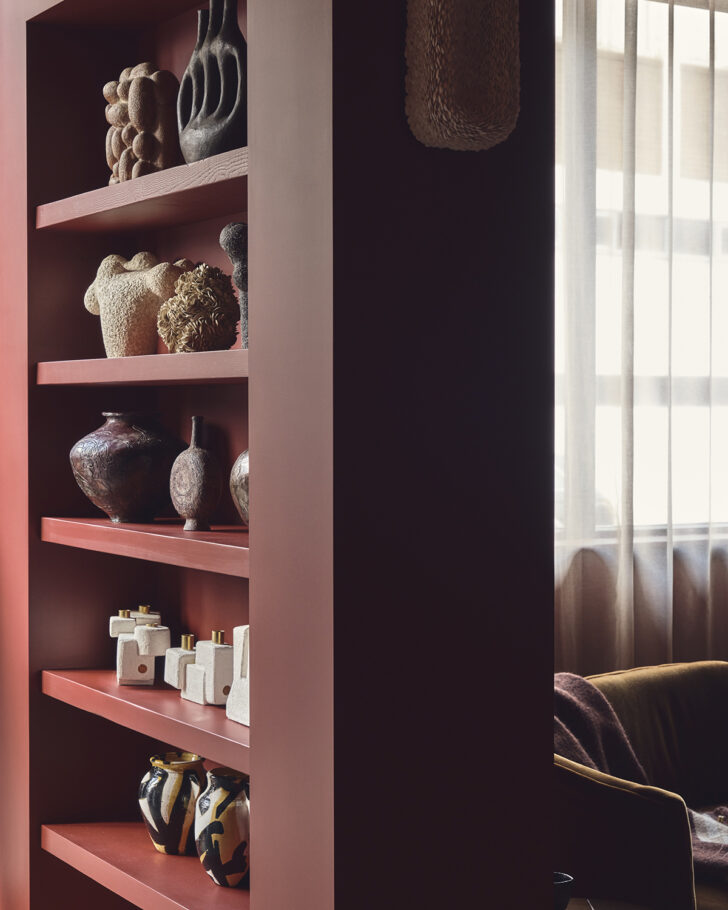
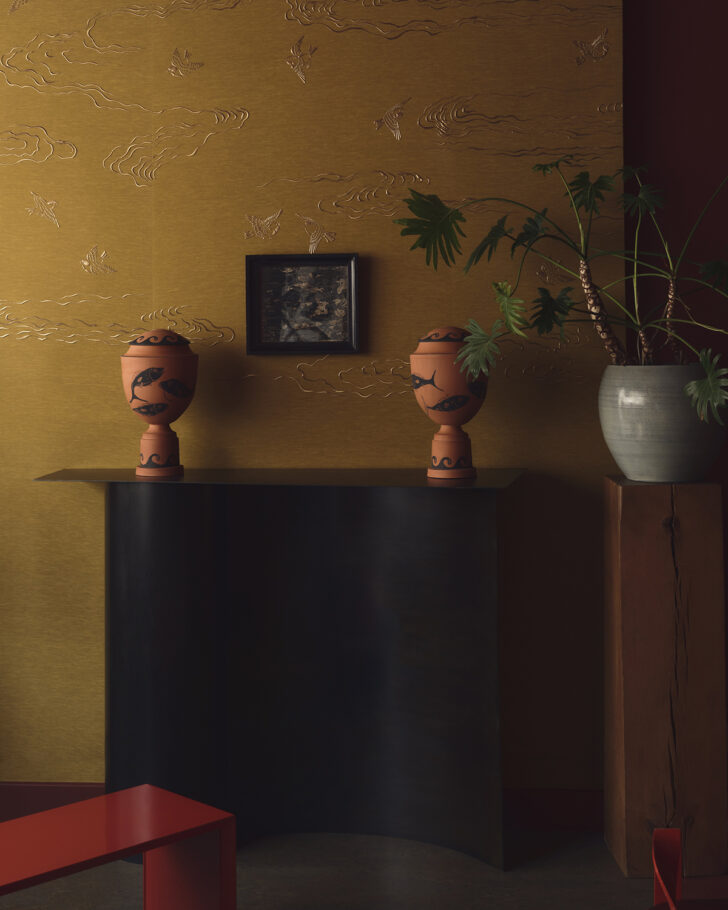
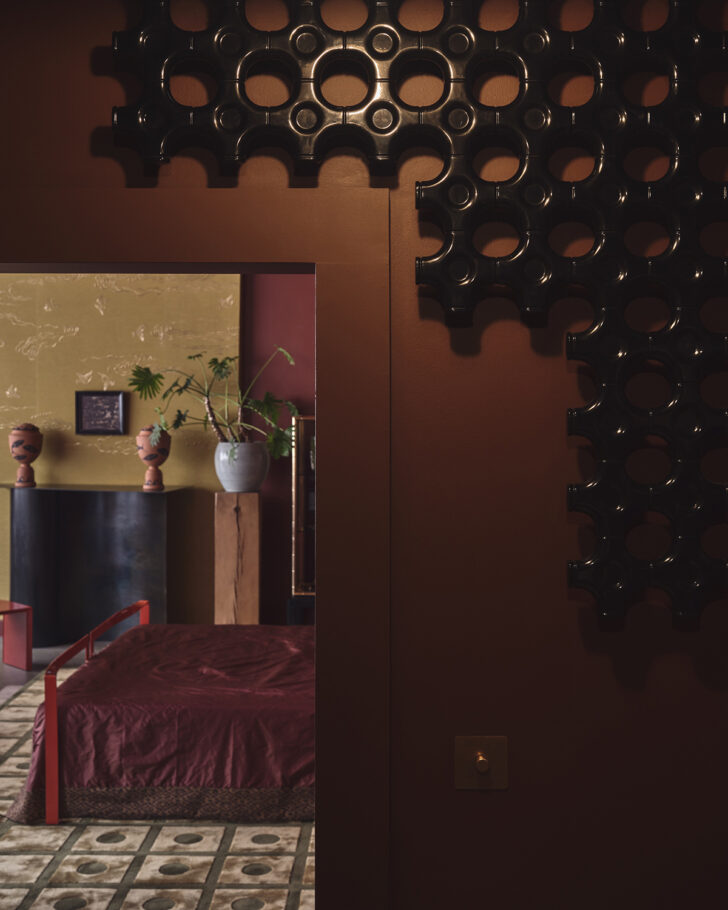
Established & Sons launched new lighting pieces produced by old, traditional Murano glass-blowing techniques. The Filigrana T6 by Sebastian Wrong, is the sixth and newest member of the Filigrana family. The T6 takes the candy cane stripes of the collection and applies them to mushroom-shaped mouthblown, acid-etched glass, for a diffused ambiance, while Martino Gamper’s Mark Light, a pendant lamp, features an opal shade with rings of bright color applied by hand. It’s a more translucent take on the lights Gamper designed for the Marksman restaurant in East London. 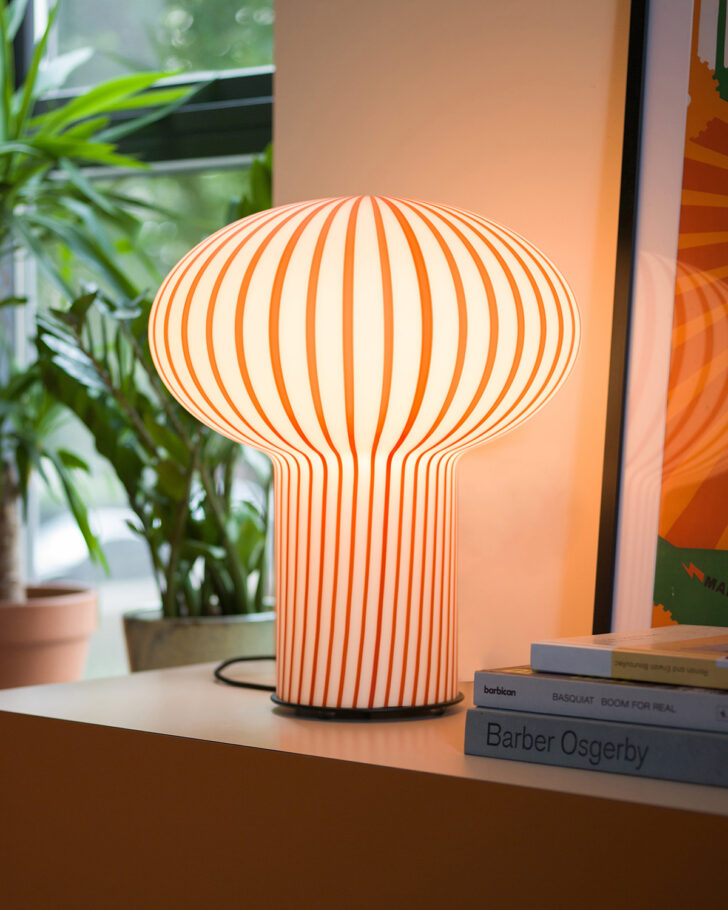
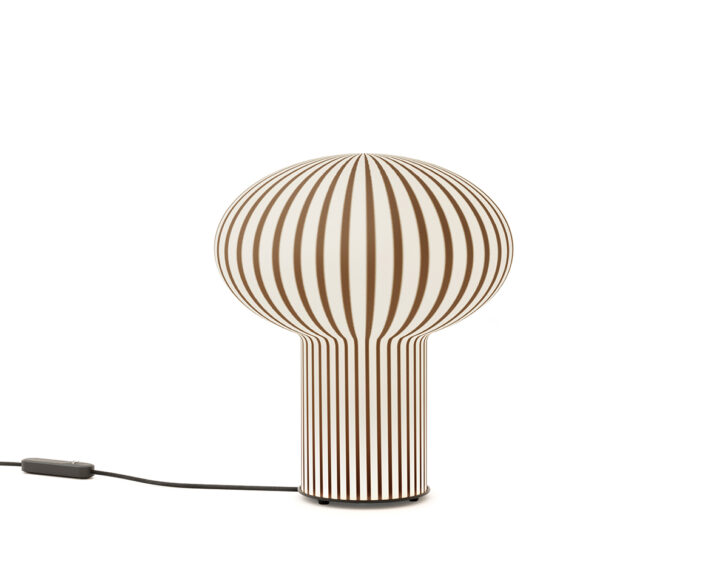
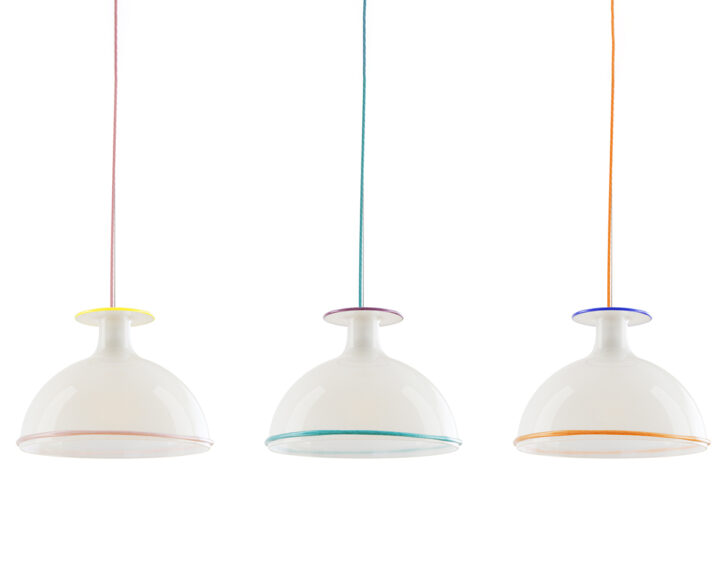
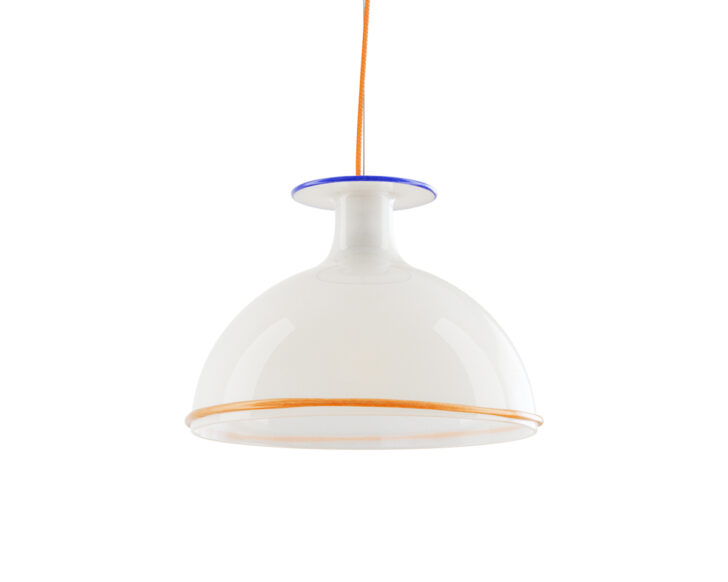
As part of the Soft Power show of sustainable design, SCP invited designers Carl Clerkin and Alex Hellum to reprise their Sons of Beasley experiment, where they produced an affordable collection of chairs and stools as a live workshop event –– a challenging feat. Clerkin, Hellum, and friends made by the furniture by hand from materials donated by various furniture manufacturers.
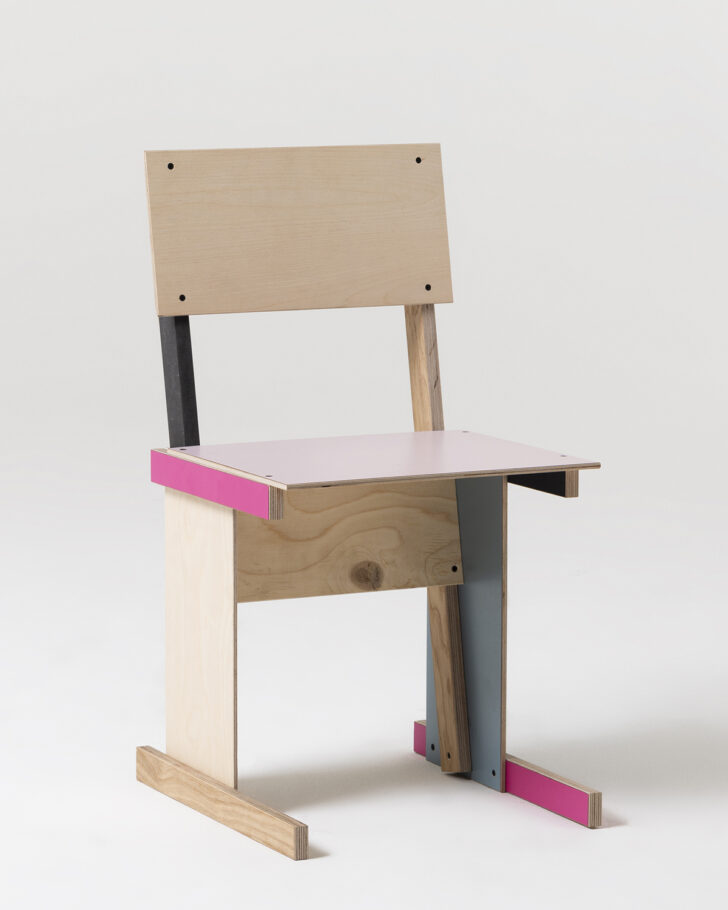
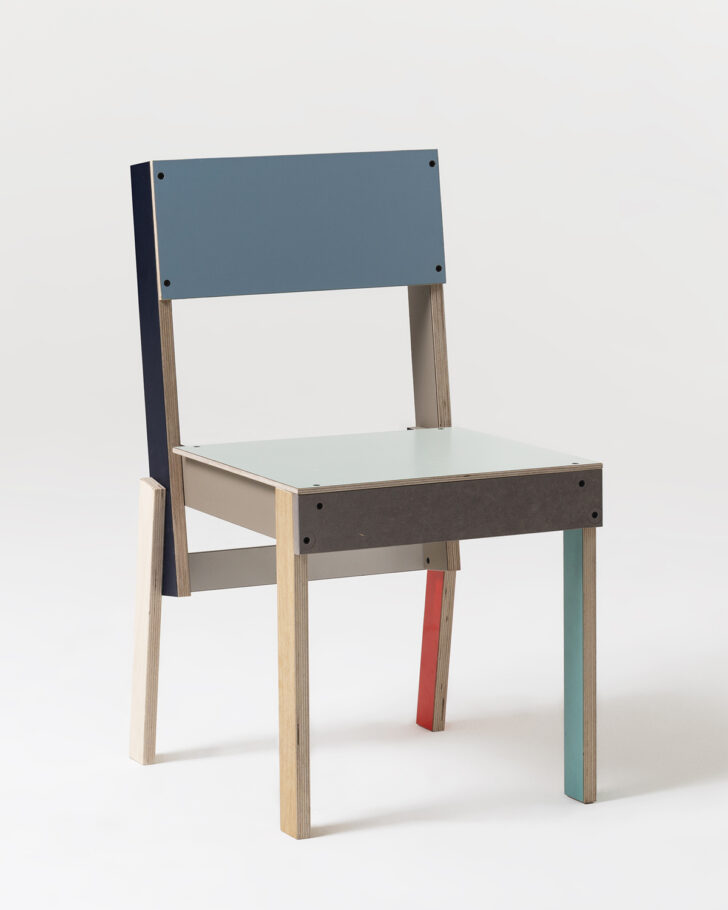
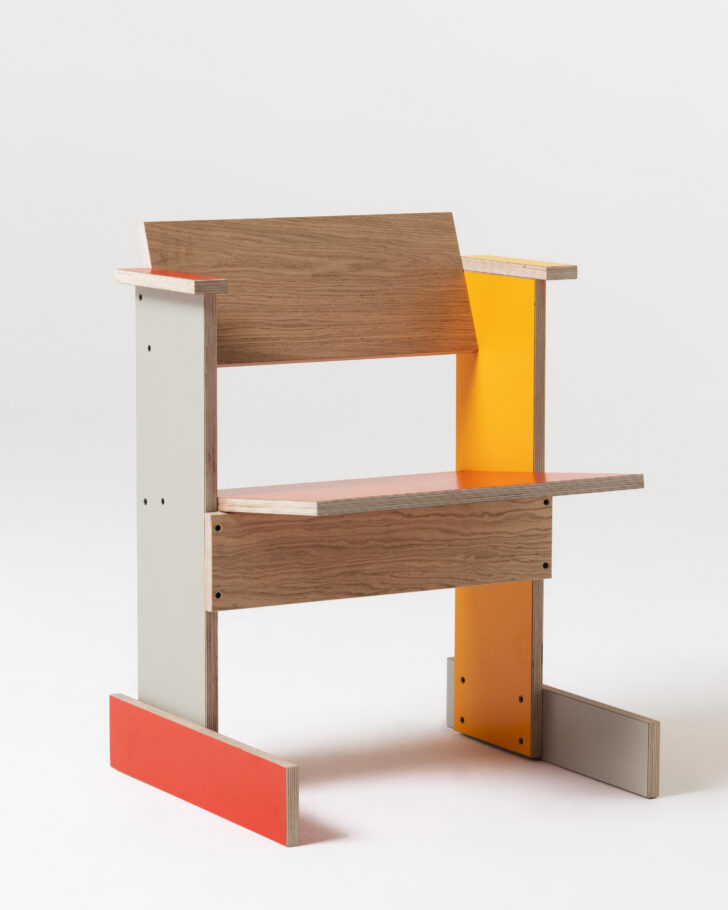
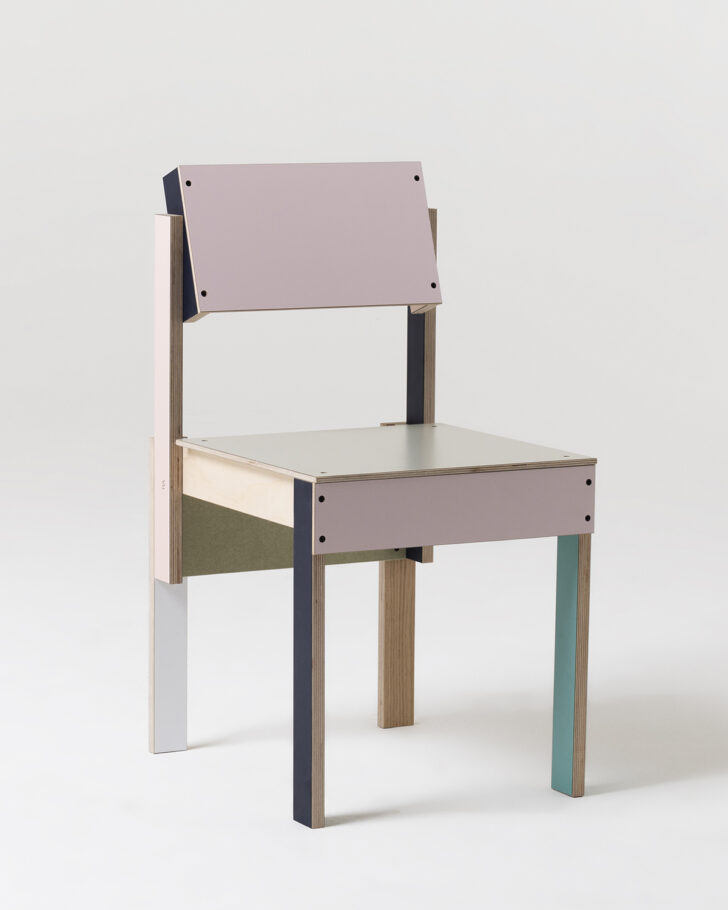
Just as greyscale refers to a spectrum of tones, the Max Radford Gallery’s show of the same name made the case that design and art exist on a spectrum as well, rather than two distinct, mutually exclusive categories. Showcasing object-oriented and product-focused work from 14 artists and designers new to the gallery, Greyscale featured pieces by Andrew Pierce Scott, Natalia Triantafylli, Victor Nyberg, Grace Prince, Tom Bull, Gillies Adamson Semple, George Richardson, Georgia Merritt, LS GOMMA, Ty Locke, Sofia Bordin, Louie Isaaman-Jones, Fred Thomson, and Clink Street Cerami.
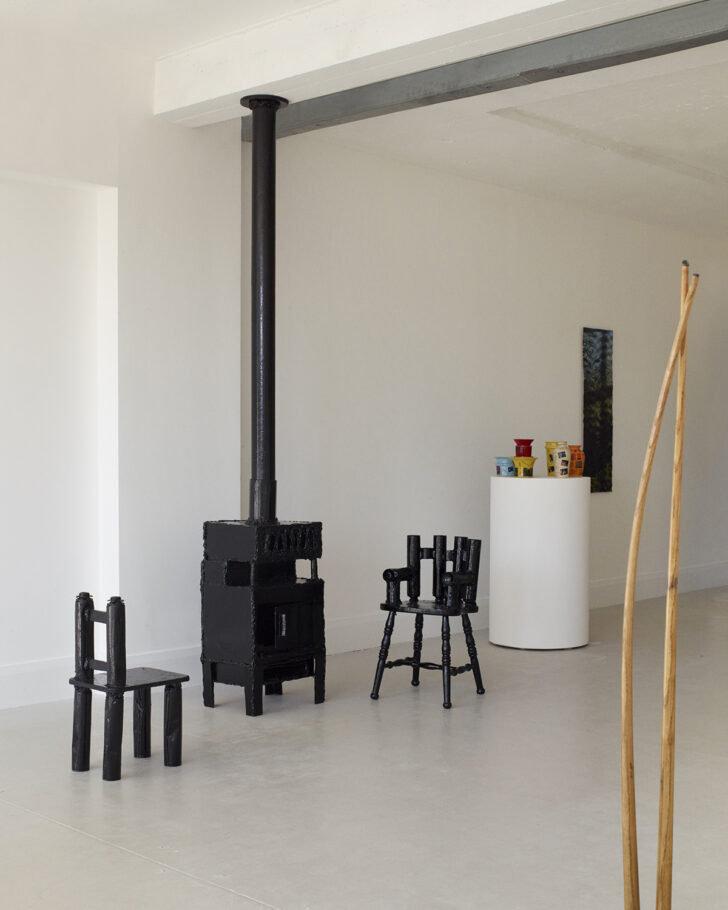
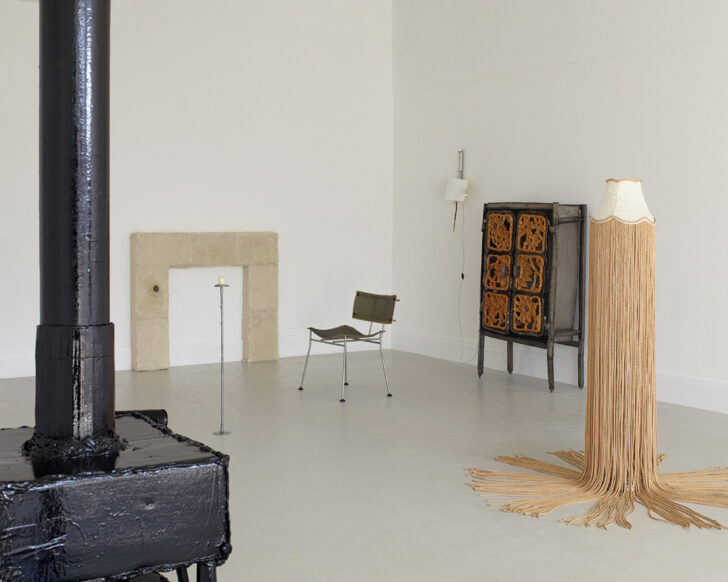
Sculpture? Sconce? It’s not an either/or for Montreal-based artist Zeynep Boyan, who made her London debut as part of the Material Matters show with this one-of-a-kind piece made of terracotta stoneware clay sculpted by hand.
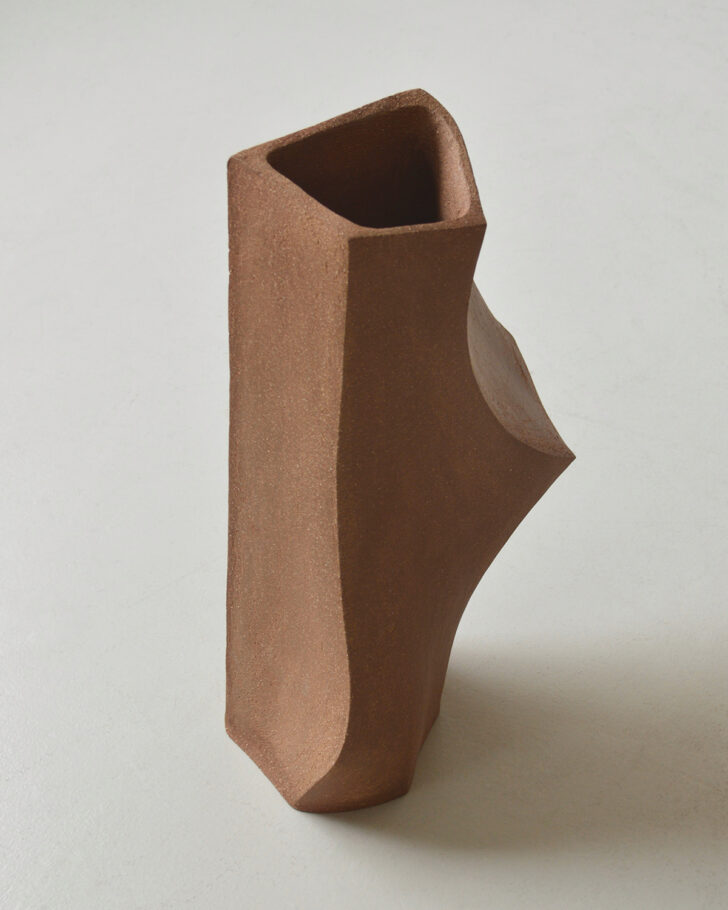
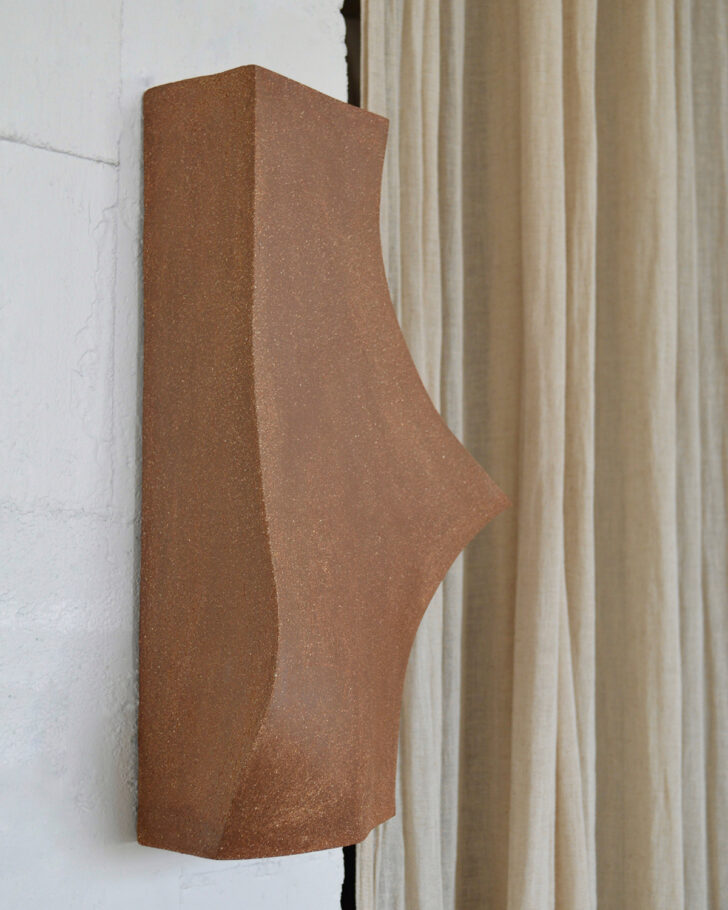
We’ve long coveted Eileen Gray’s subtle, perfectly-hued geometric rugs, and during LDF, four more patterns were introduced to the collection by the Aram Gallery. Based on gouaches by the late designer, our favorites are the De Stijl and La Lune patterns, shown below.
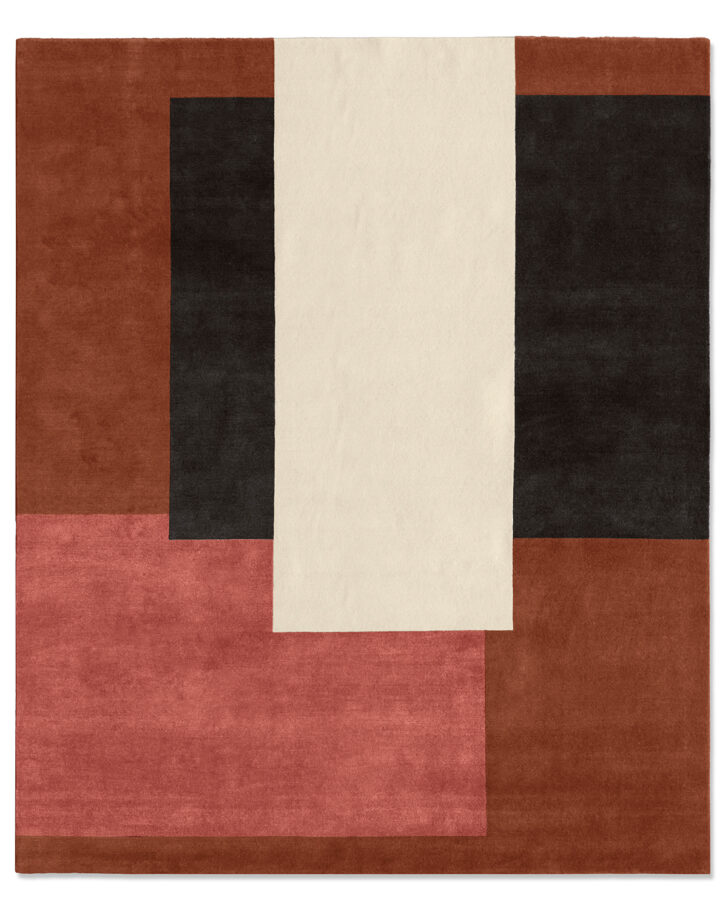
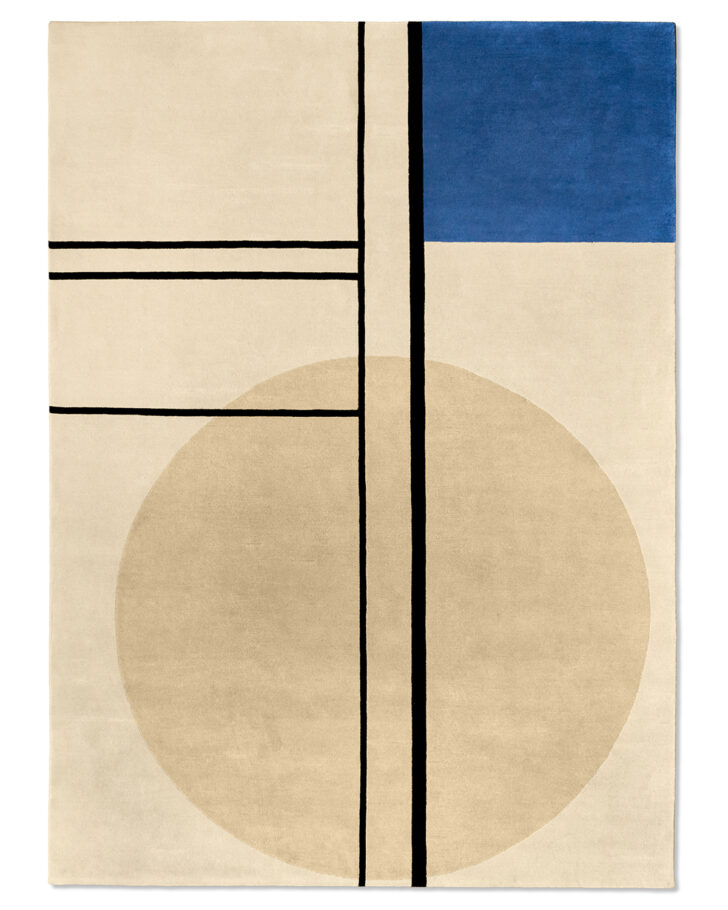
Paris Design Week
Brussels-based Julien Renault designed the OTAP tables and benches for furniture manufacturer Cruso in a variety of neutrals and muted colors. The simple geometry – round or rectangle – intended to streamline the production process also makes these pieces easy, versatile additions to any space. They’re made of stained Valchromat and delivered flat-packed for self-assembly.
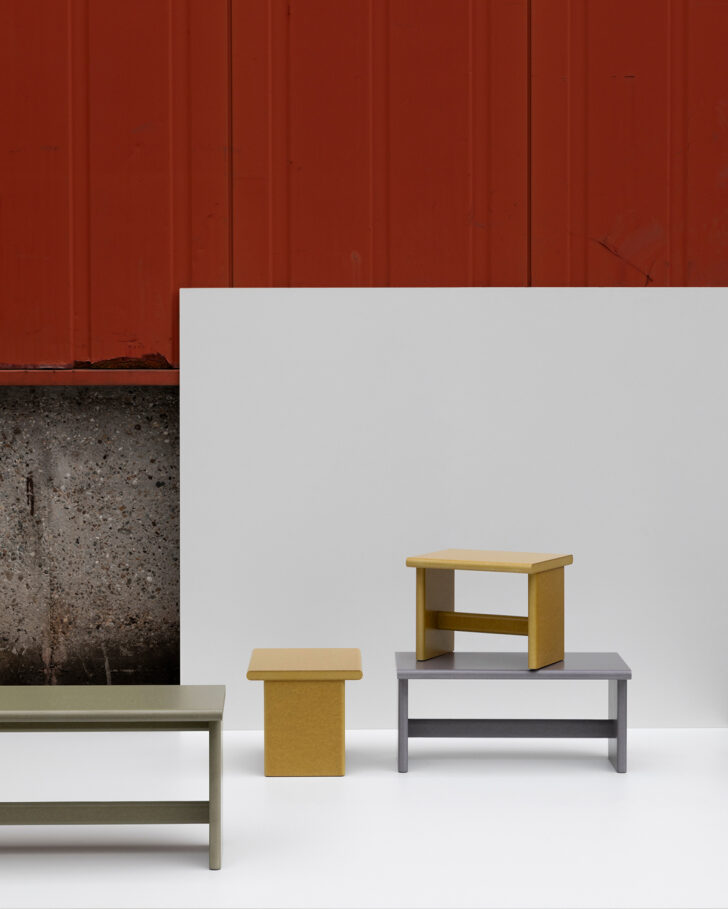


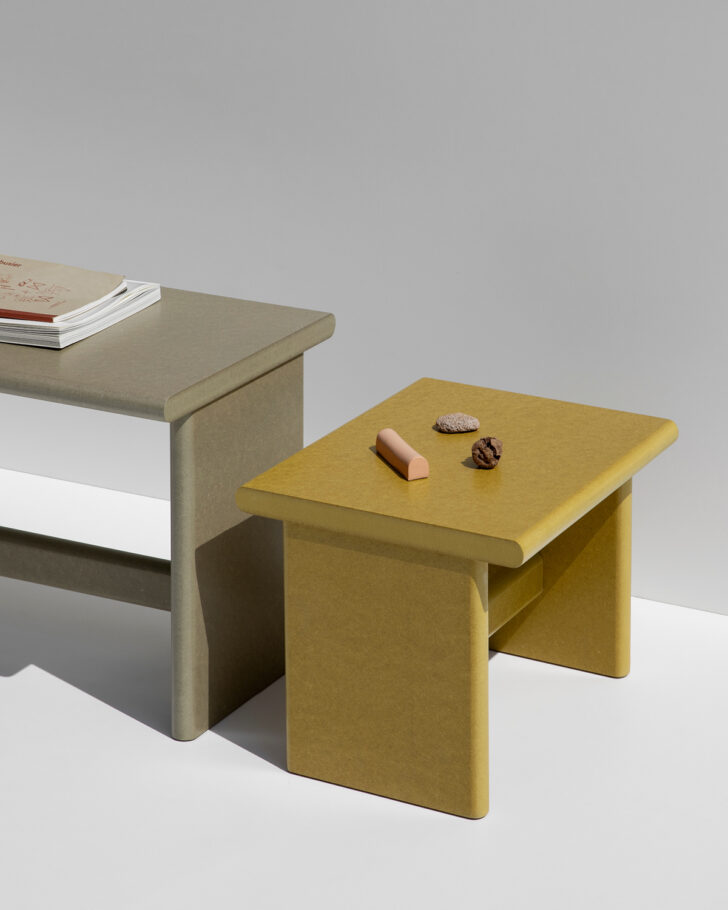
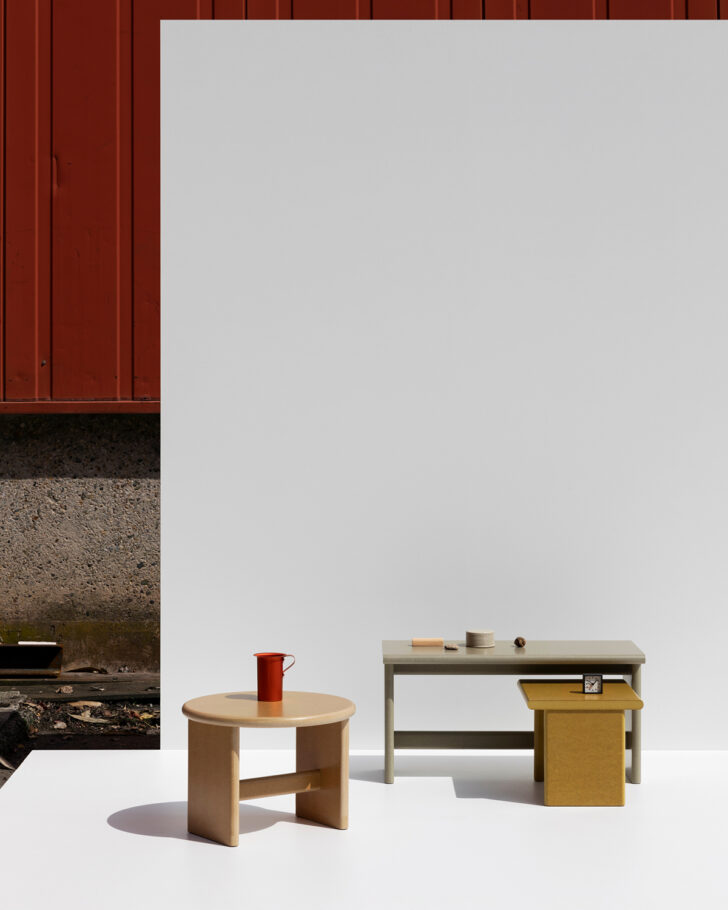
The first furniture collection from Rebecca Benichou and Florence Jallet of Batiik Studio evokes an endless summer by the Aegean sea. With Dans le silage de Nerée (In the wake of Nereus; Nereus is a sea-god in Greek mythology), the Paris-based interiors agency channels the foamy waves, sandy neutrals, seashell pink, and aquamarine of the beach in their sofa, table, bookshelf, and mirror.
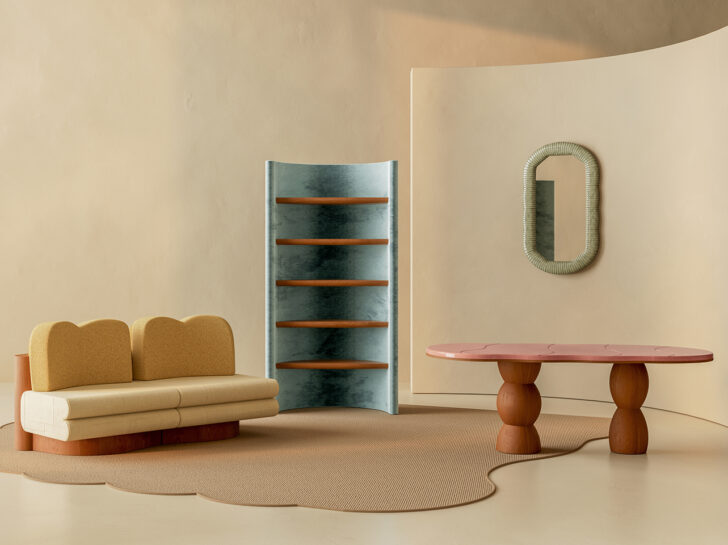
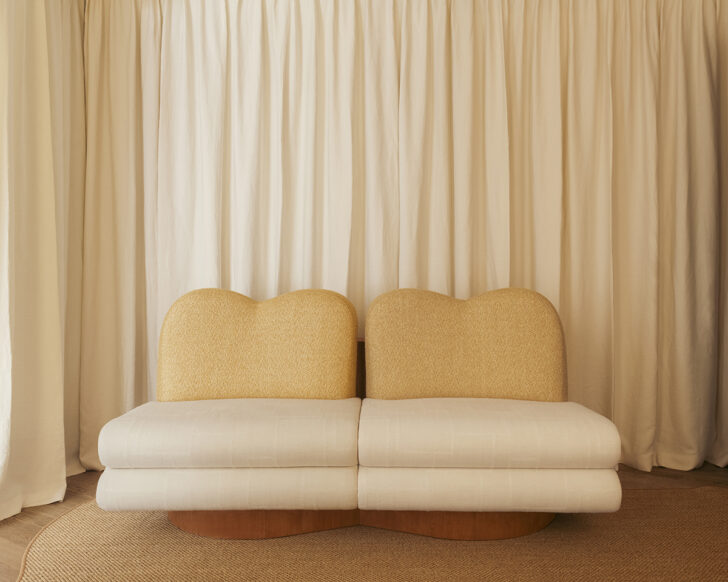
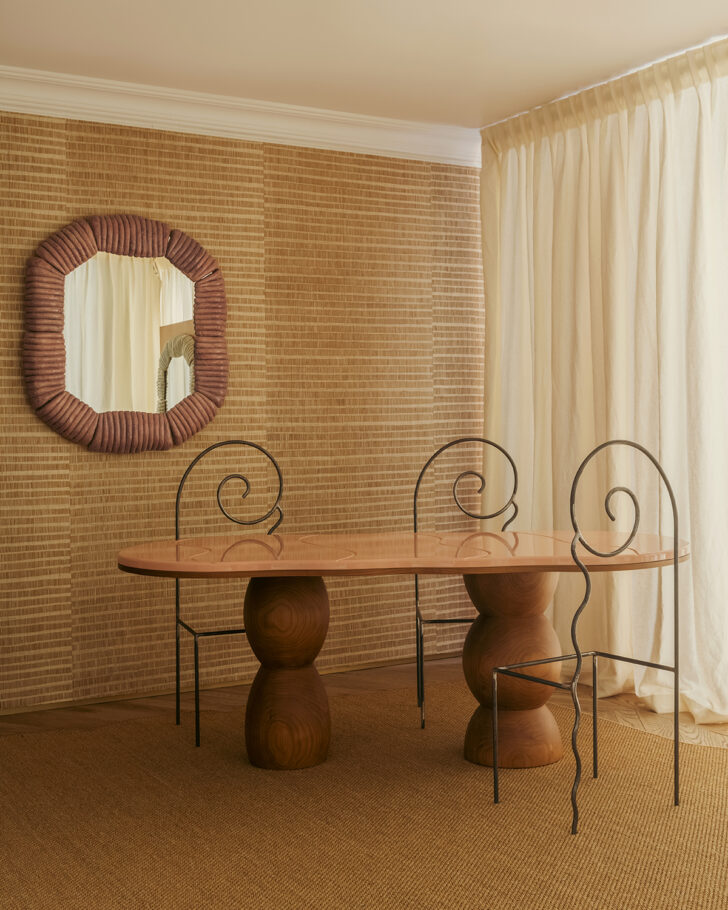
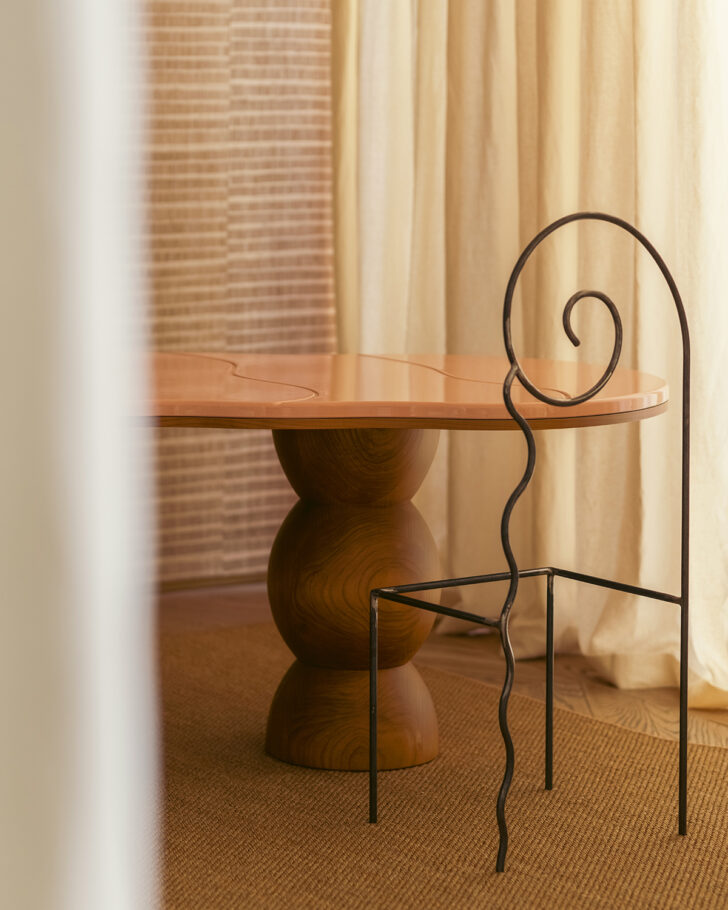
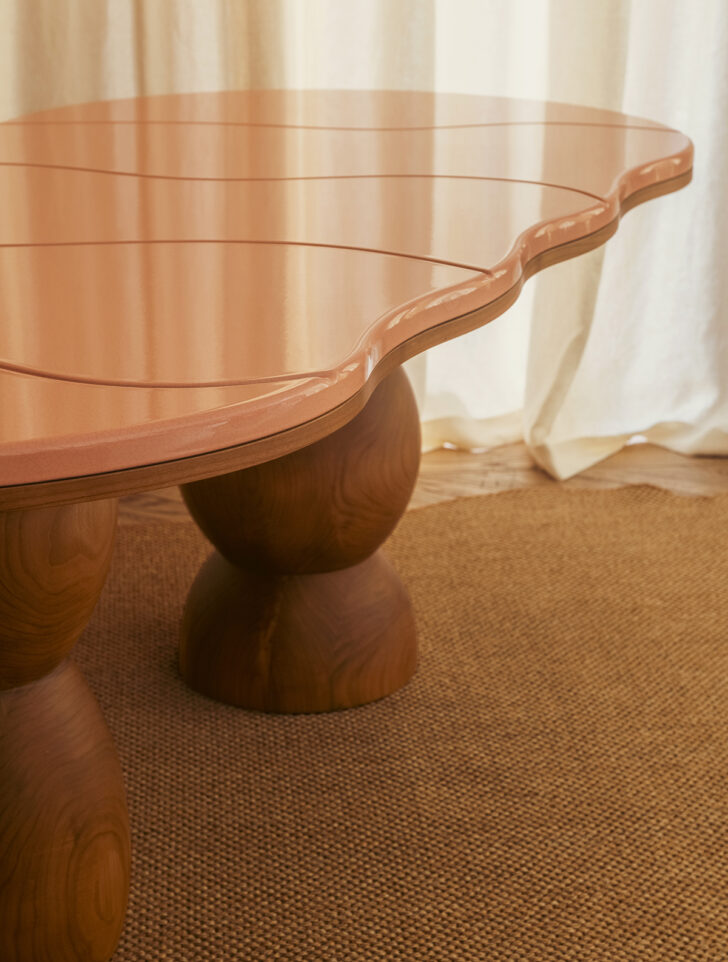
MEET MET MET, a nonprofit collective founded by designers Helder Barbosa, Thibault Huguet, and Jean-Baptiste Anotin from the studio Waiting For Ideas, aims to promote young, independent, international design. And for their first exhibition – Feu! – they gathered 20 new iterations of an object with a storied history: the ashtray. Displayed atop singed wooden pedestals, variations on the theme included works from Arnaud Eubelen, Axel Chay, Bram Vanderbeke, Carsten in der Elst, Hall Haus, Heim Viladrich, Helder Barbosa, Laurids Gallée, Lea Mestres, Marie & Alexandre, Nice Workshop, Quentin Vuong, Sabourin Costes, Samy Rio, Sho Ota, Supertoys Supertoys, Thibault Huguet, Waiting For Ideas, Ward Wijnant, and Wendy Andreu.

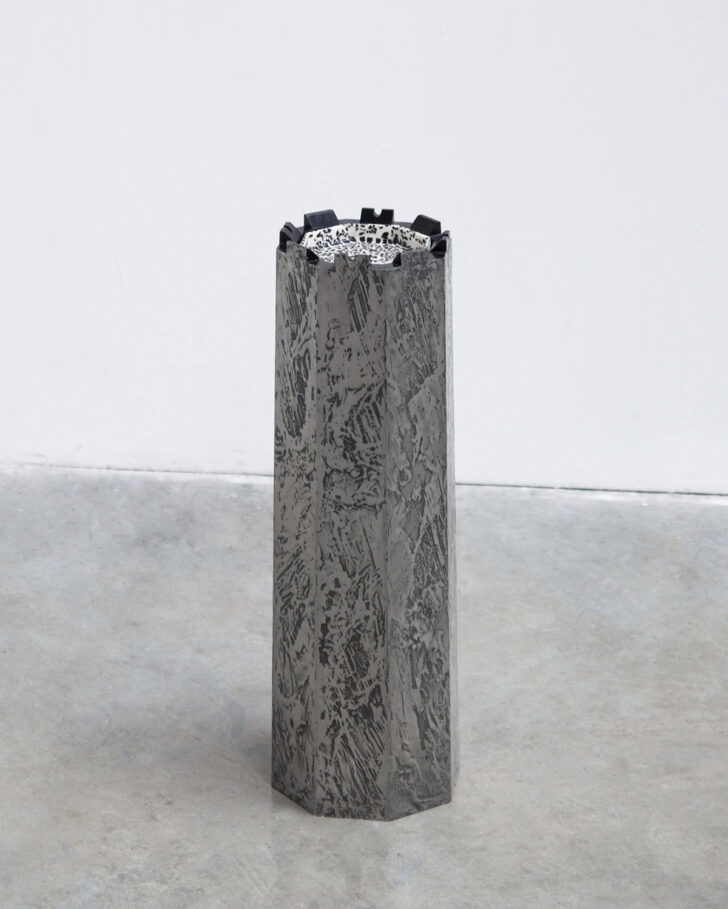
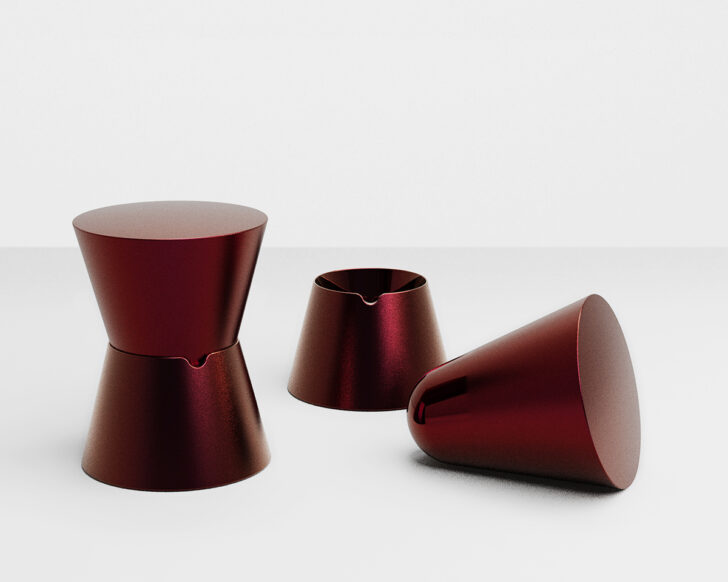
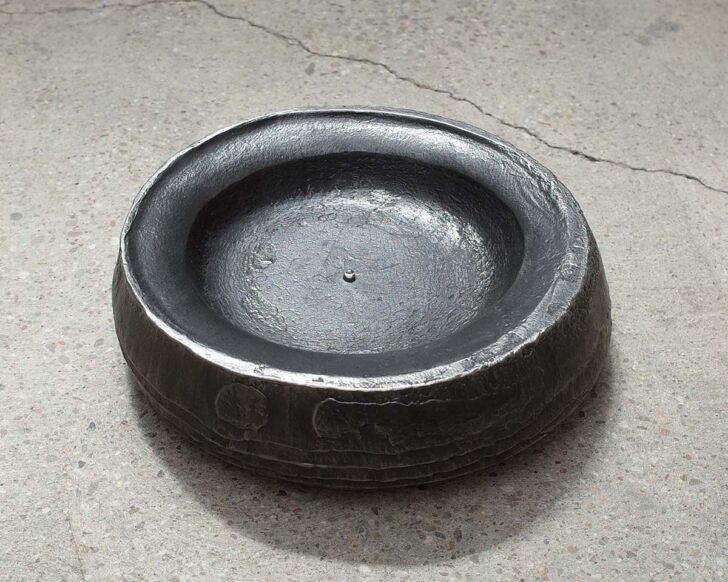
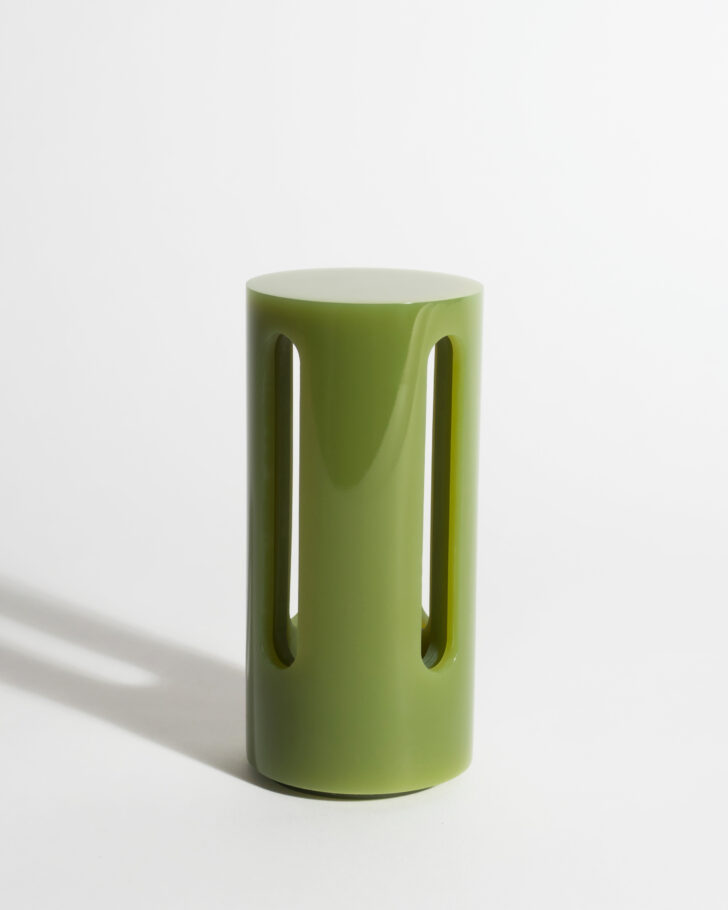
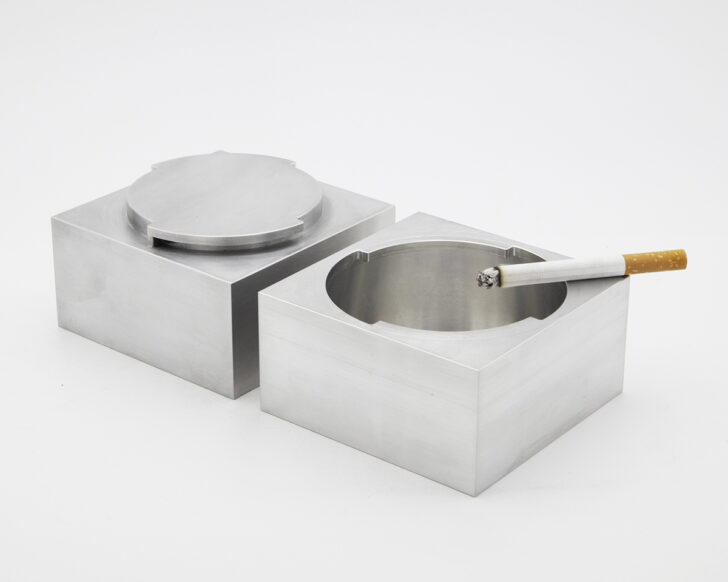
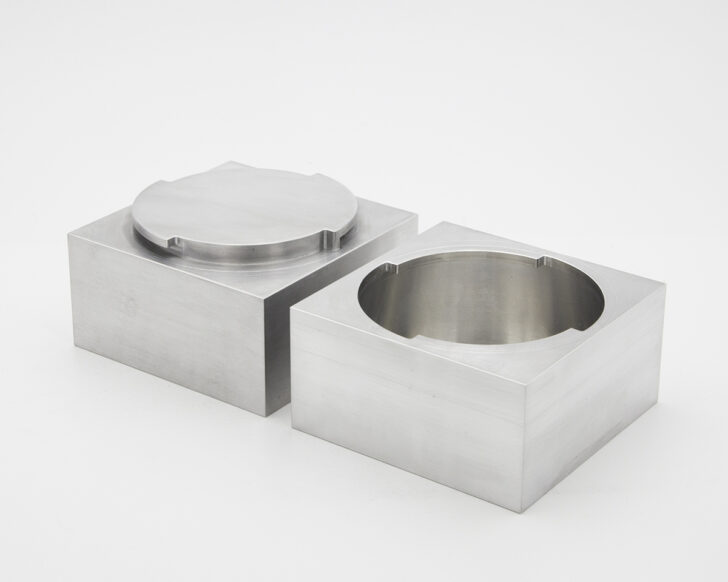
Kiki Goti, a Greek architect and designer currently based in Brooklyn, blends folklore and futurism in her 00 + 11 Collection. There’s something musical, mathematic, and mechanical about these shapes and forms, which are nested and layered in a way that seems to connect past and present and future. For the wall lights and textiles, Goti used open source AI to transform two-dimensional Balkan motifs into three-dimensional objects. A beautiful, contrasting multifunctionality characterizes the two chairs, one hollow in profile and one solid; the solid wood volume can slide into the space beneath the aluminum form or it can used as a side table or foot rest.
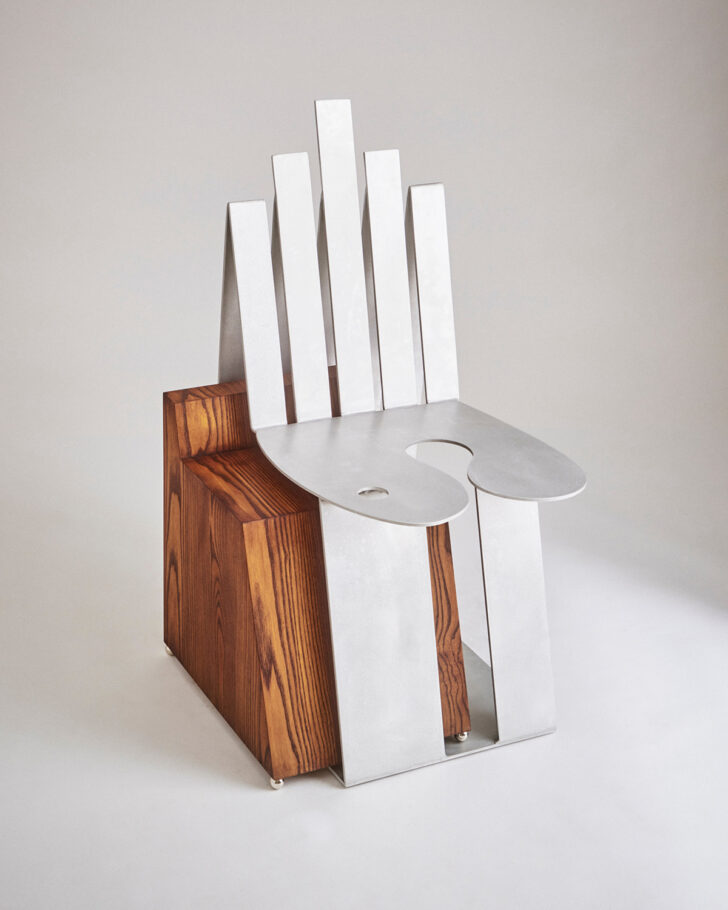
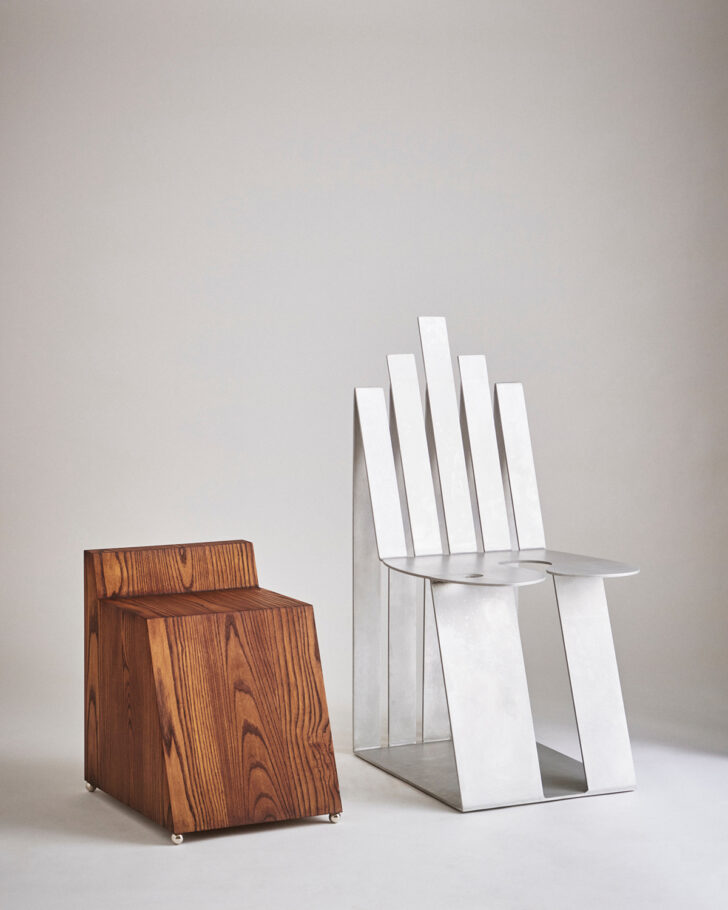
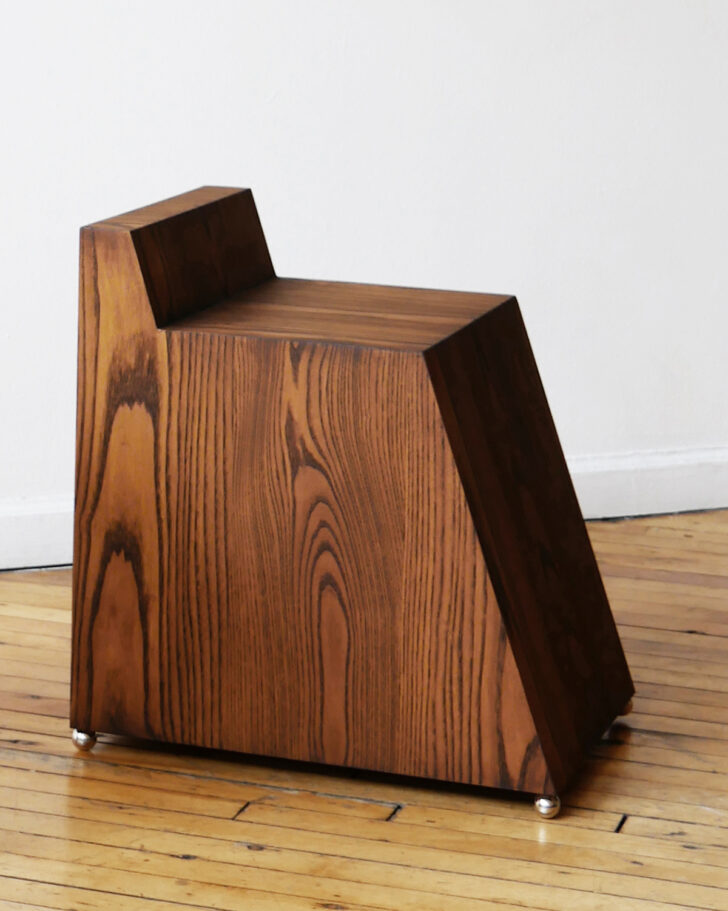
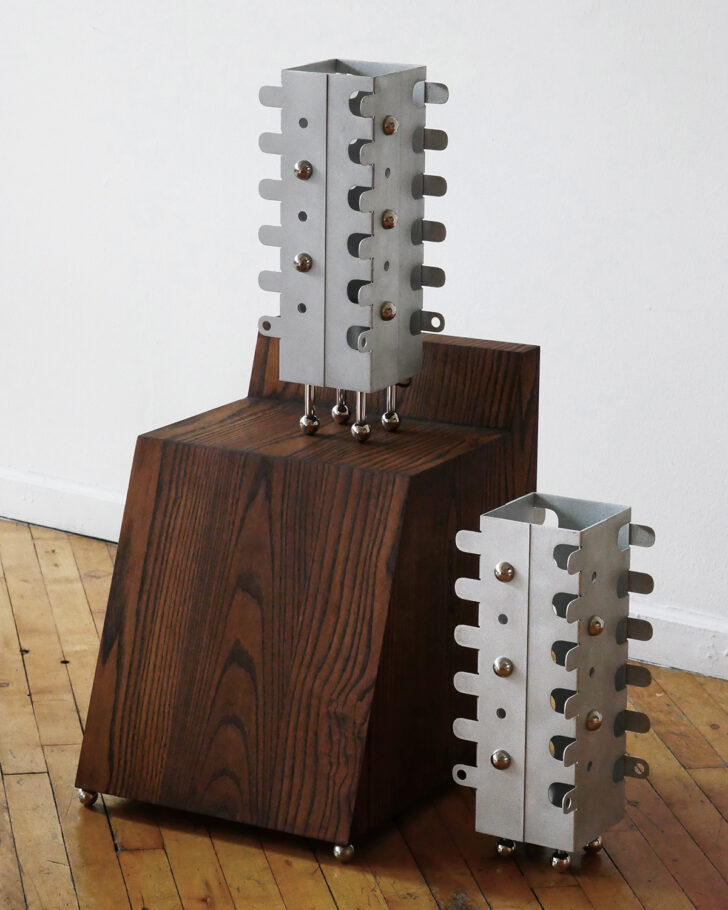
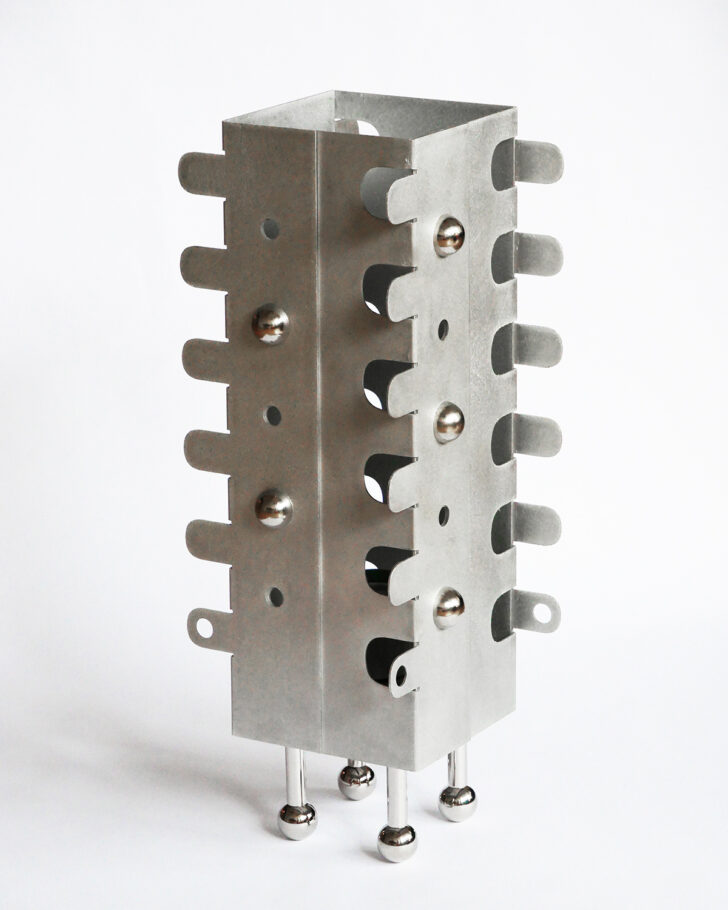
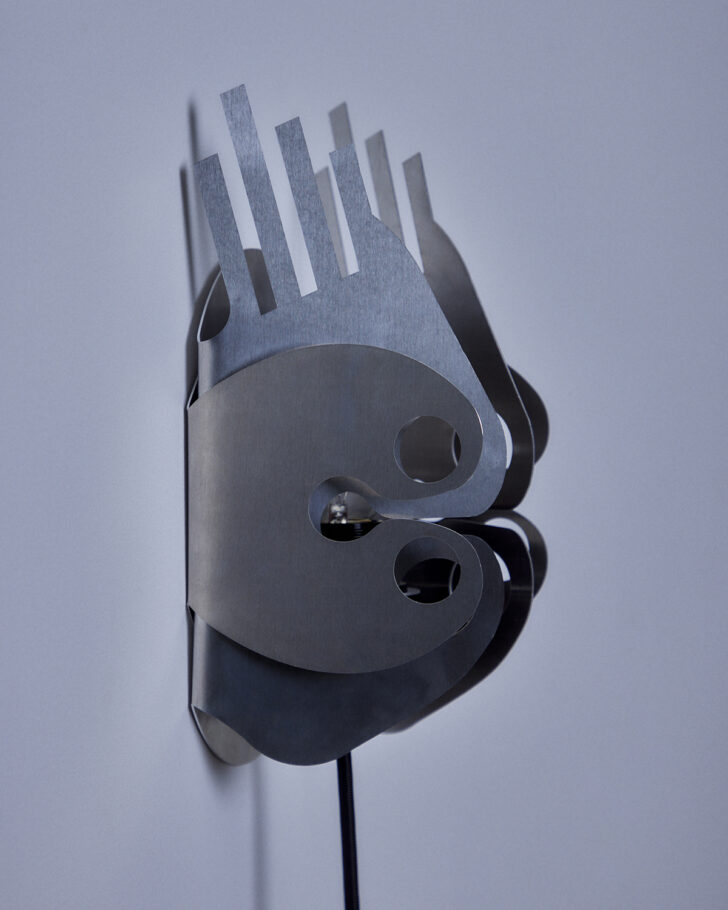
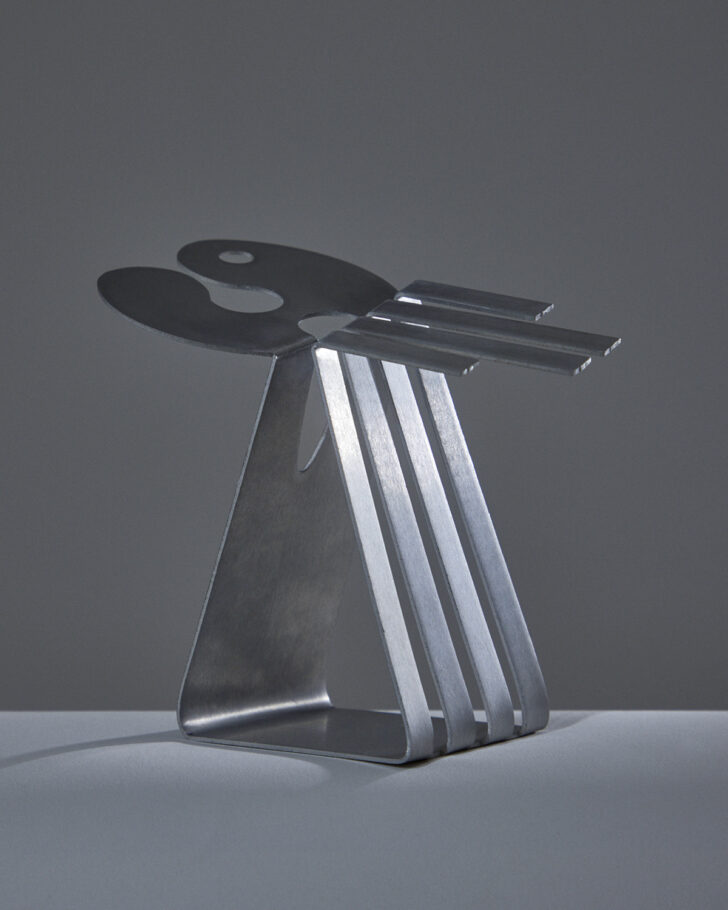
Pierre Marie Studio, in collaboration with Dimore Gallery, conjures the dreamspace of a perfume-obsessed collector with the L’Amateur de Parfums exhibition. An Aubusson tapestry, an intricate stained glass folding screen, custom rugs, and handblown glass objects exist in a swirl of rich, deep color. Inspiration for the show dates back to 2018 and a transporting visit to the Perfumes of China exhibition at the Cernuschi Museum.
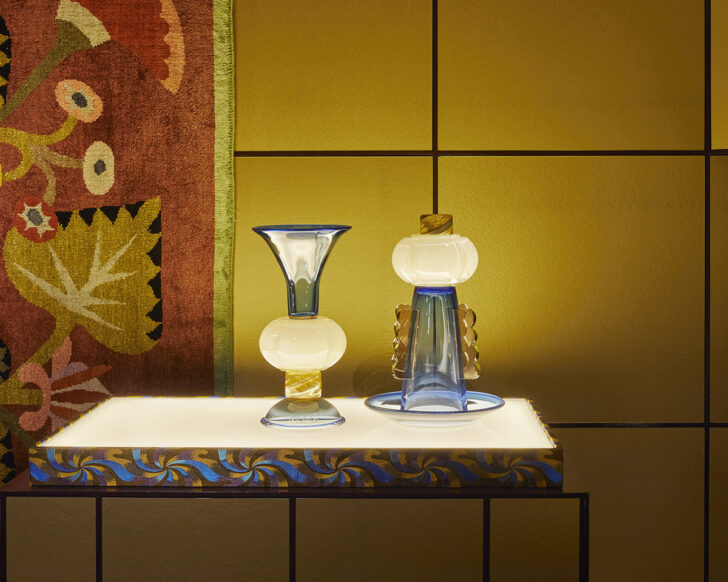
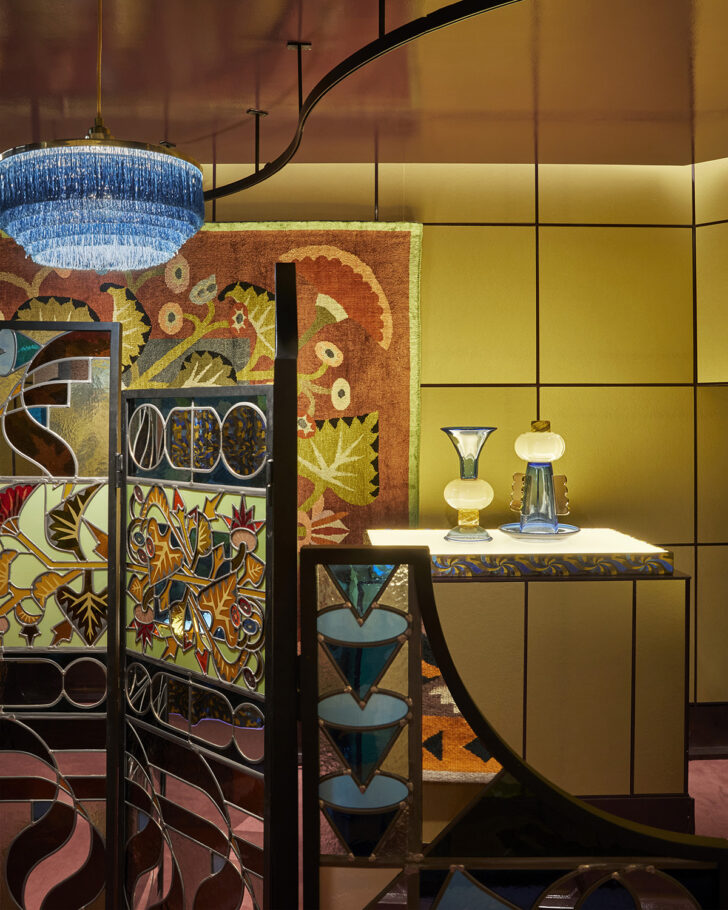
Italian-Tunisian designer Sandra Benhamou took over Galerie Lucas Ratton with Edo, an exhibition and collection that explores resonances and convergences over time. Edo has meanings in different languages; it’s a state in southwestern Nigeria, in the former Kingdom of Benin and it’s the former name of Tokyo. Disparate yet connected aesthetic and sociopolitical forces emerge in Benhamou’s vision, which took inspiration from the fact that in the same year, 1933, Junichirô Tanizaki published the essay “In Praise of Shadows,” Anni Albers left the Bauhaus, fleeing Nazi Germany, and immigrated to North Carolina with her husband Josef, and Charles Ratton, the great-uncle of Lucas, established himself as a specialist in African art in Paris. In Edo, a series of objects made with ceramicist Flavia Broï, and a daybed, console, and a low table emerge out of a dimly lit environment that plumbs the subconscious in an almost Freudian way (see: the couch).
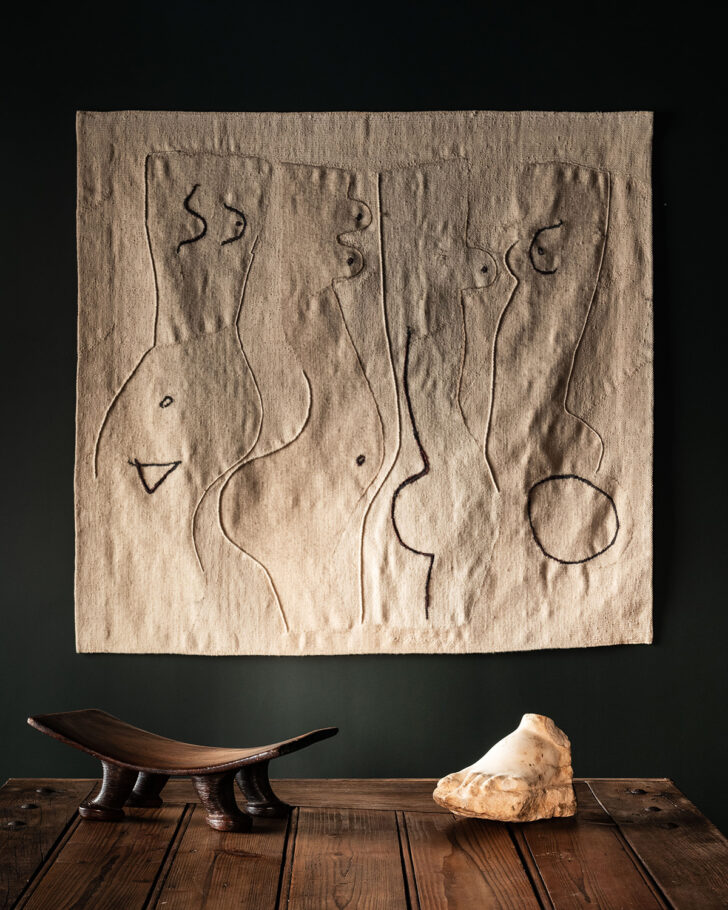
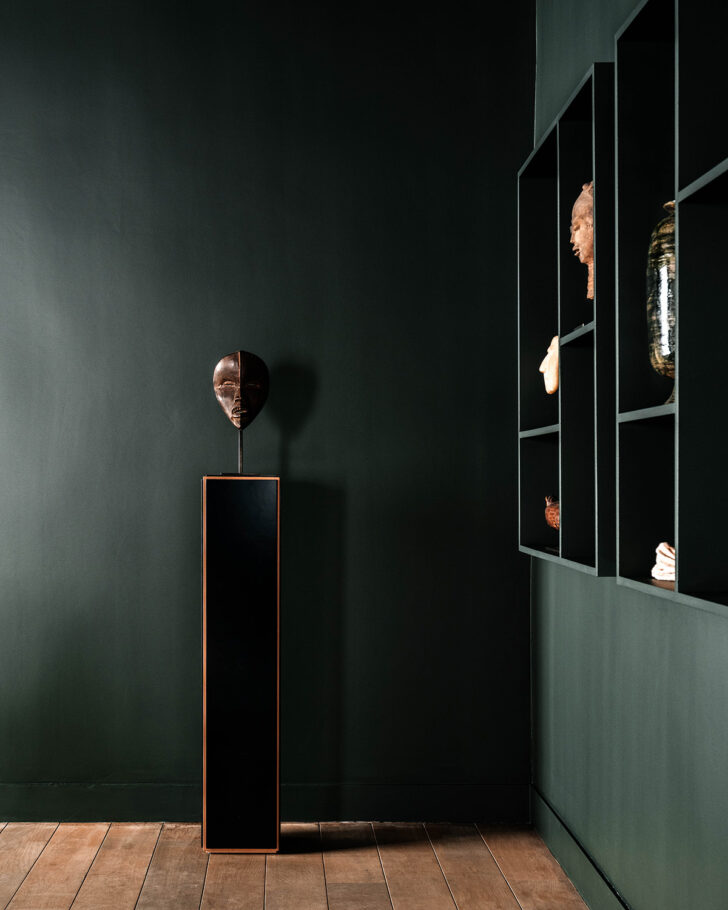
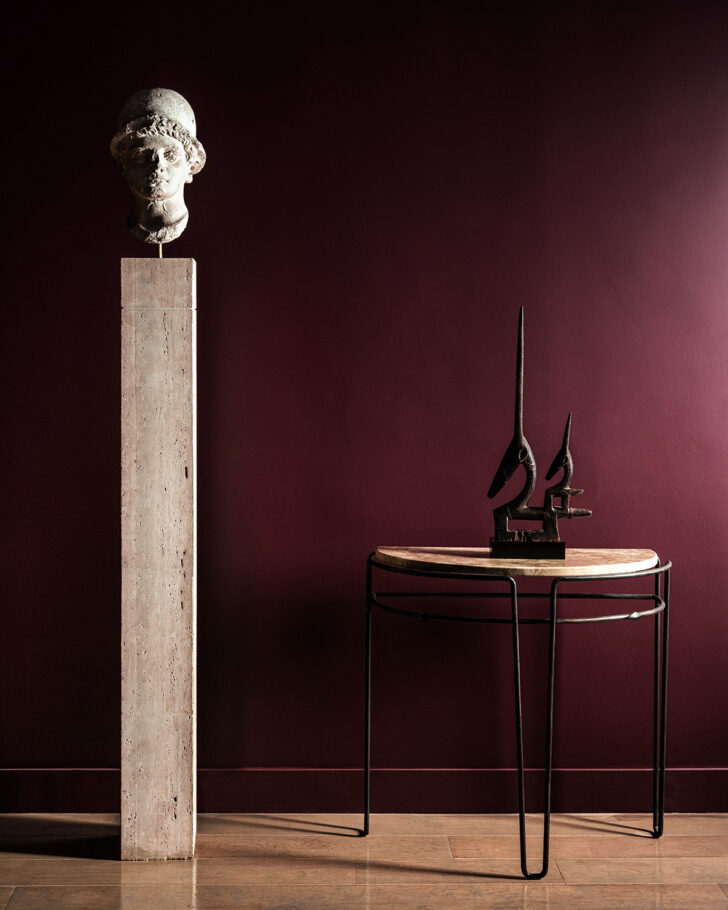
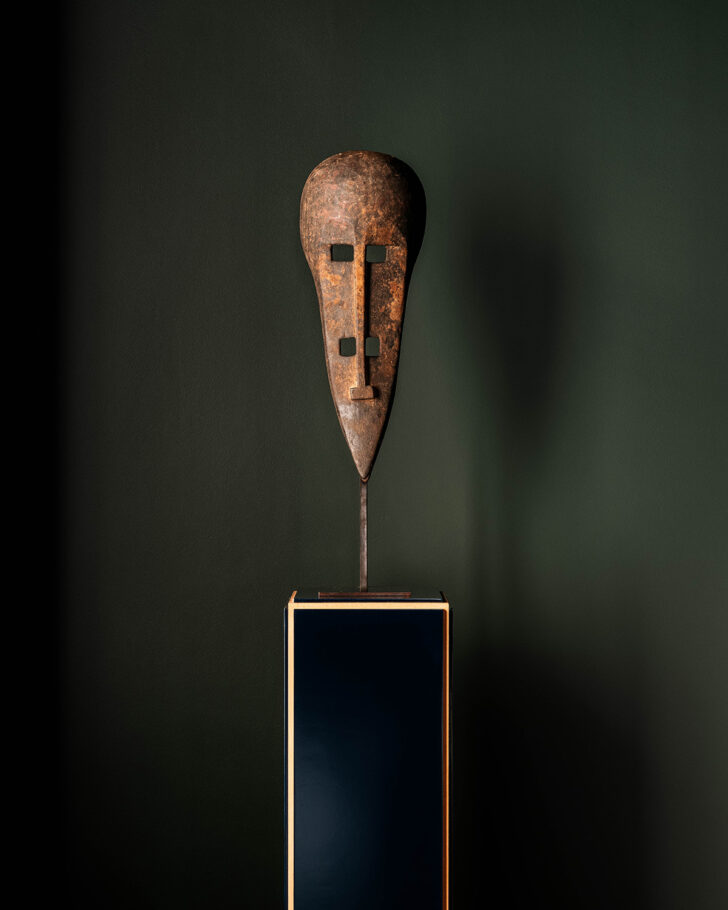
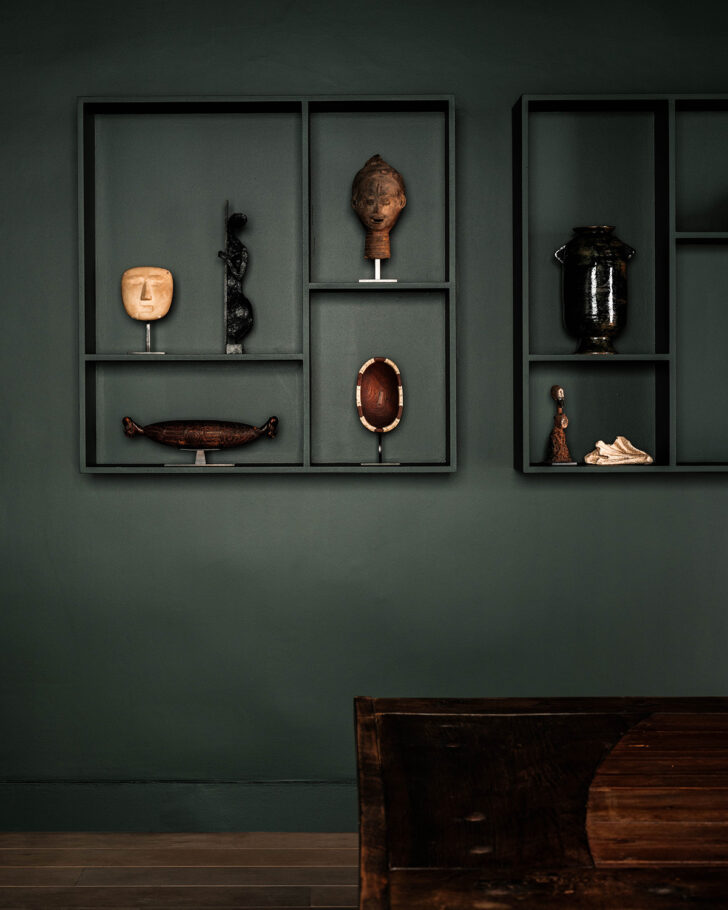

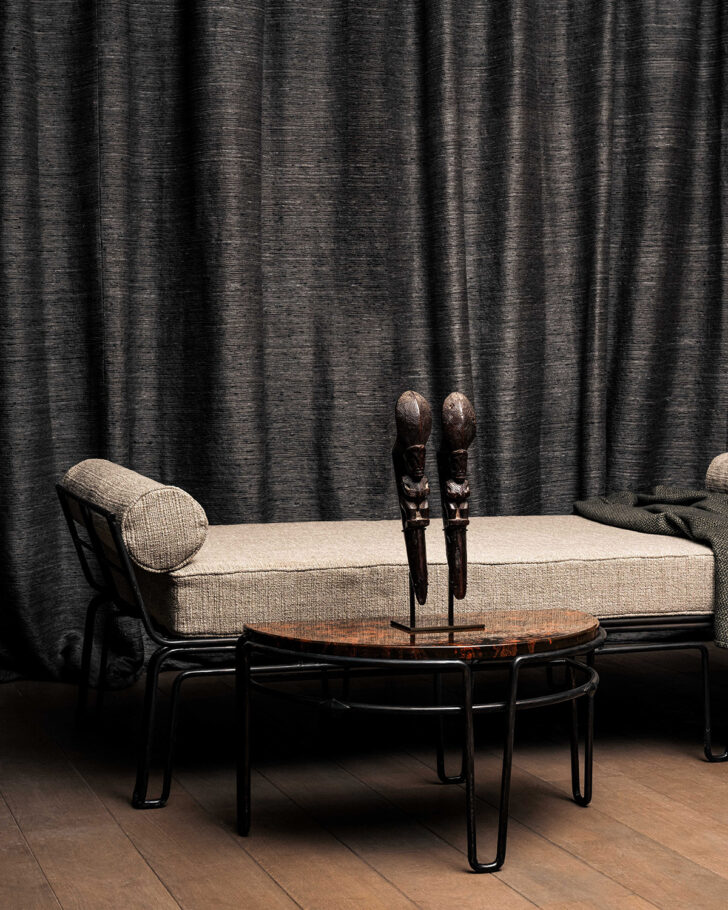
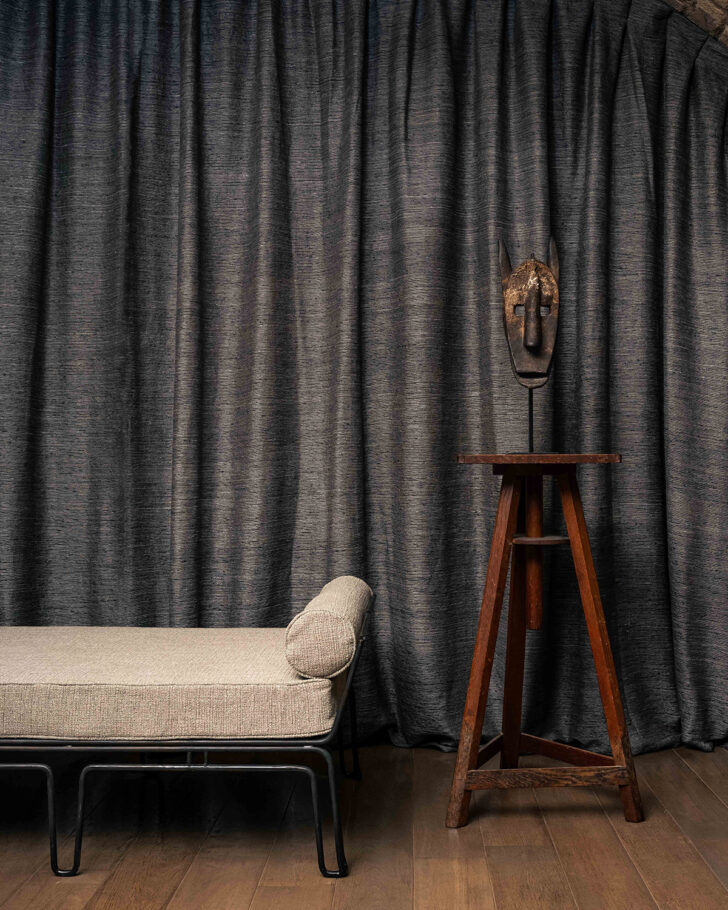
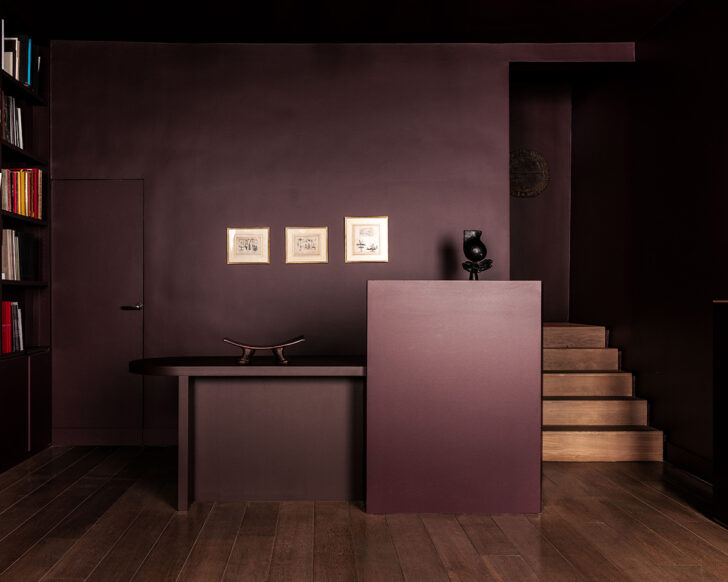
Tolix, the French maker of ubiquitous-for-good-reason steel chairs and stools, has re-issued a number of classics, including the instantly recognizable T37 from 1937 in new colors: white, black, and green.
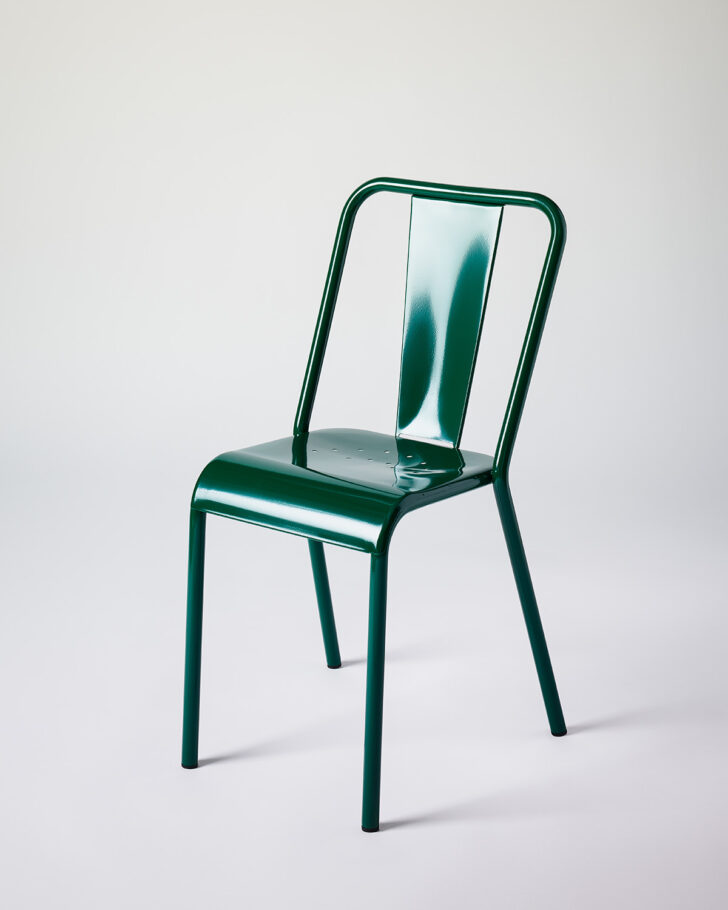
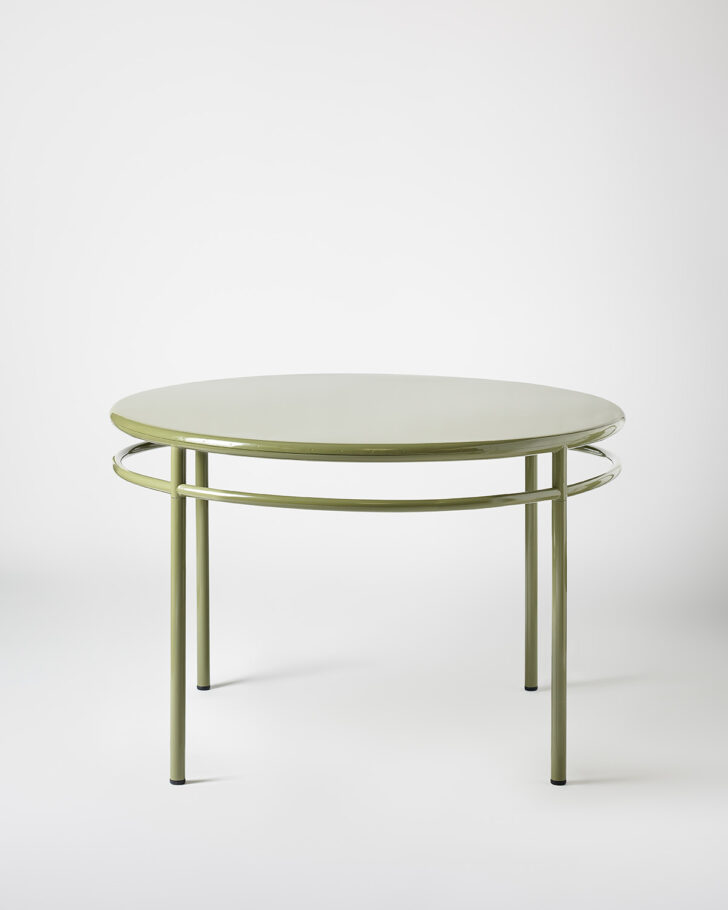
We don’t know if Parisian architecture and interiors firm Uchronia were thinking of the Audrey Hepburn movie Funny Face and the Diana Vreeland-esque fashion magazine editor who commands everyone, in musical form, to “think pink!” But it fits, at least in terms of exuberance. Think Pink! – Uchronia’s first collection of outdoor furniture displayed in the gardens at the Hotel de Sully – isn’t limited to the Barbie-approved shade but is rather a burst of psychedelic shapes and color.
